History
The brothers Gustav and Wilhelm Ernstmeier take over the blue dyeing company Budde & Münter in Herford
1867
The first order for the supply of emery cloth is completed
1872
The brothers get an order for a fabric with heavy finish on one side, which – as it turns out much later - consists of emery cloth, the predecessor of today’s abrasive backing cloth.
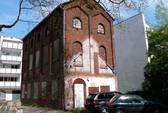
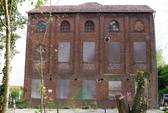
Building the new factory at ist current location
1882
The brothers go their separate ways and Gustav Ernstmeier builds his own factory on Mindener Straße. Sales continue to rise; this is primarily thanks to the production of emery cloth. New machinery is installed.
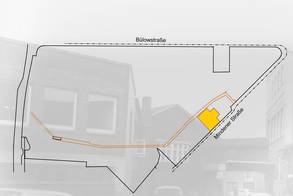
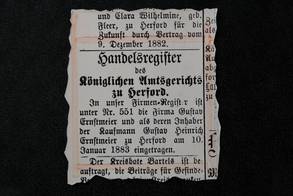
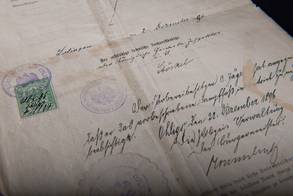
Expansion of production facilities
1907
The big expansion of production (flour sacks and other shirtings) makes it necessary to further expand the facilities. Further extensions and new buildings, including a raw materials warehouse, a new boiler house and the company’s own carpentry workshop.
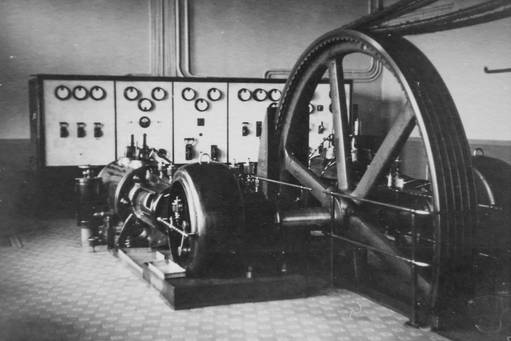
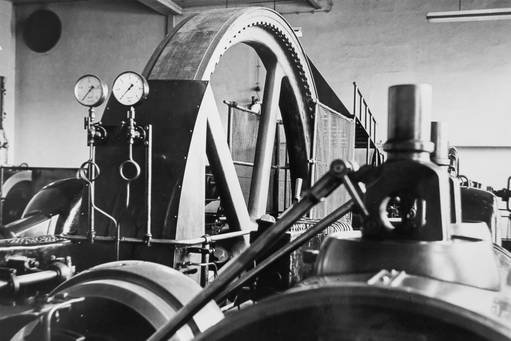
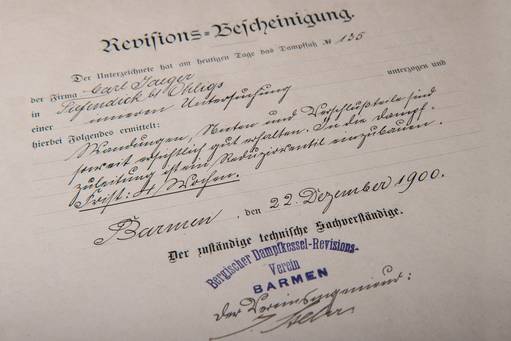
The company’s founder dies, the next generation takes over
1913
Following the death of Gustav Ernstmeier, his widow and his son, Gustav Ernstmeier Jr. take over the company. However, he will only be in charge for a few years as he will meet the same fate as many young German men in the First World War.

Carl Ernstmeier takes over as managing director of the company at the age of 24
1918
When Gustav Ernstmeier Jr. dies in the First World War, his younger son Carl takes over as the sole roprietor of the company in 1918. The company now has 23 employees.
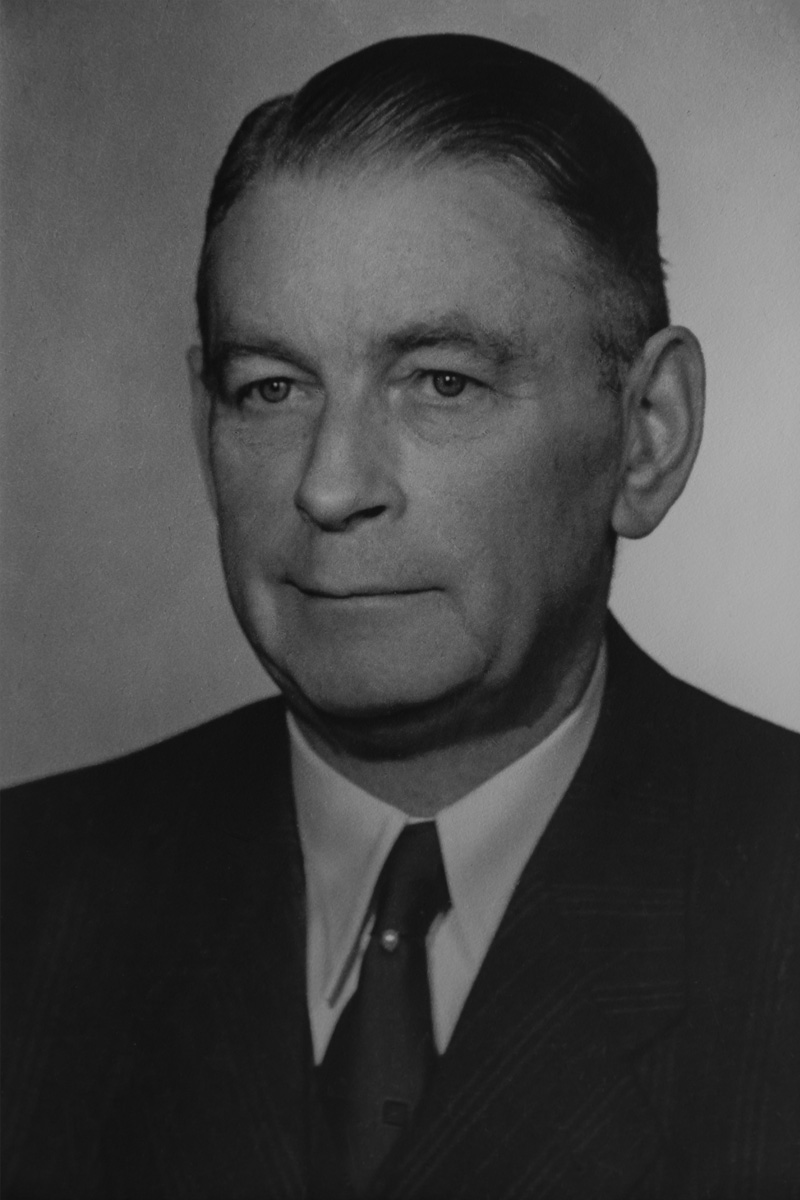
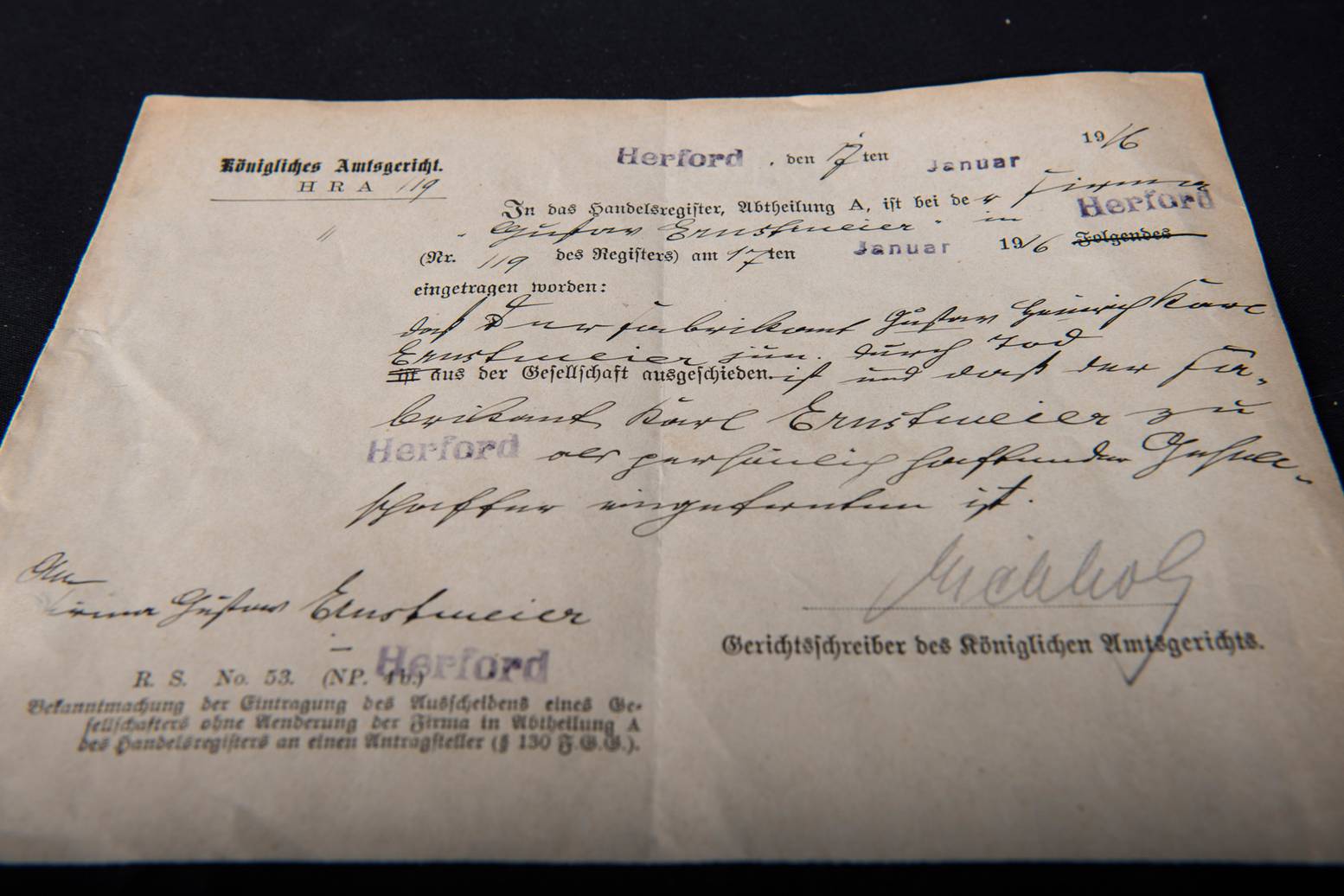
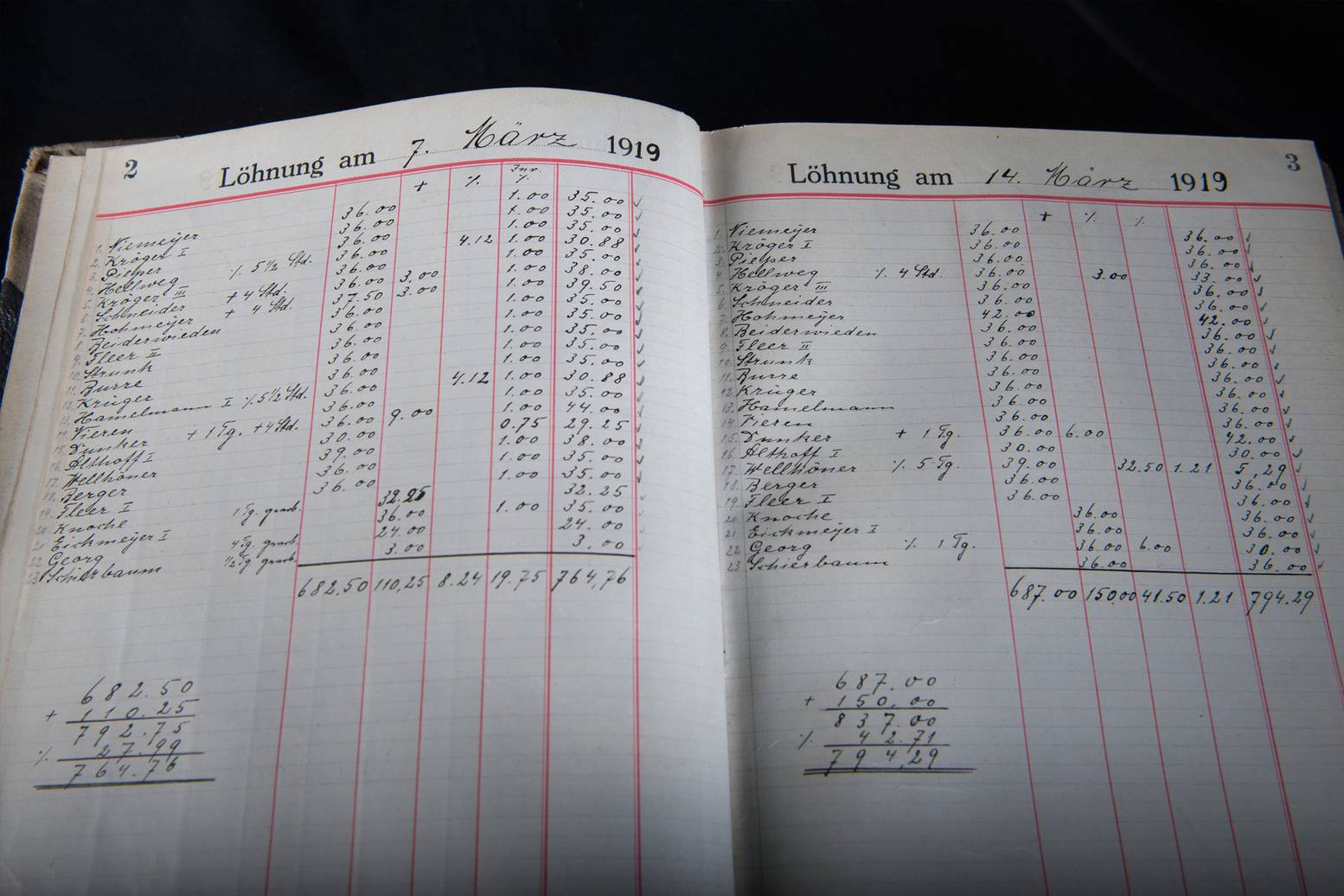
Production of book binding materials
1925
White and coloured book cloths are produced from a matt linen. The high level of development work for the production of calico, a finished cotton fabric for book bindings, finally proves successful in 1926. 1927 is the year with the highest sales in the company’s history so far, primarily influenced by binding materials.
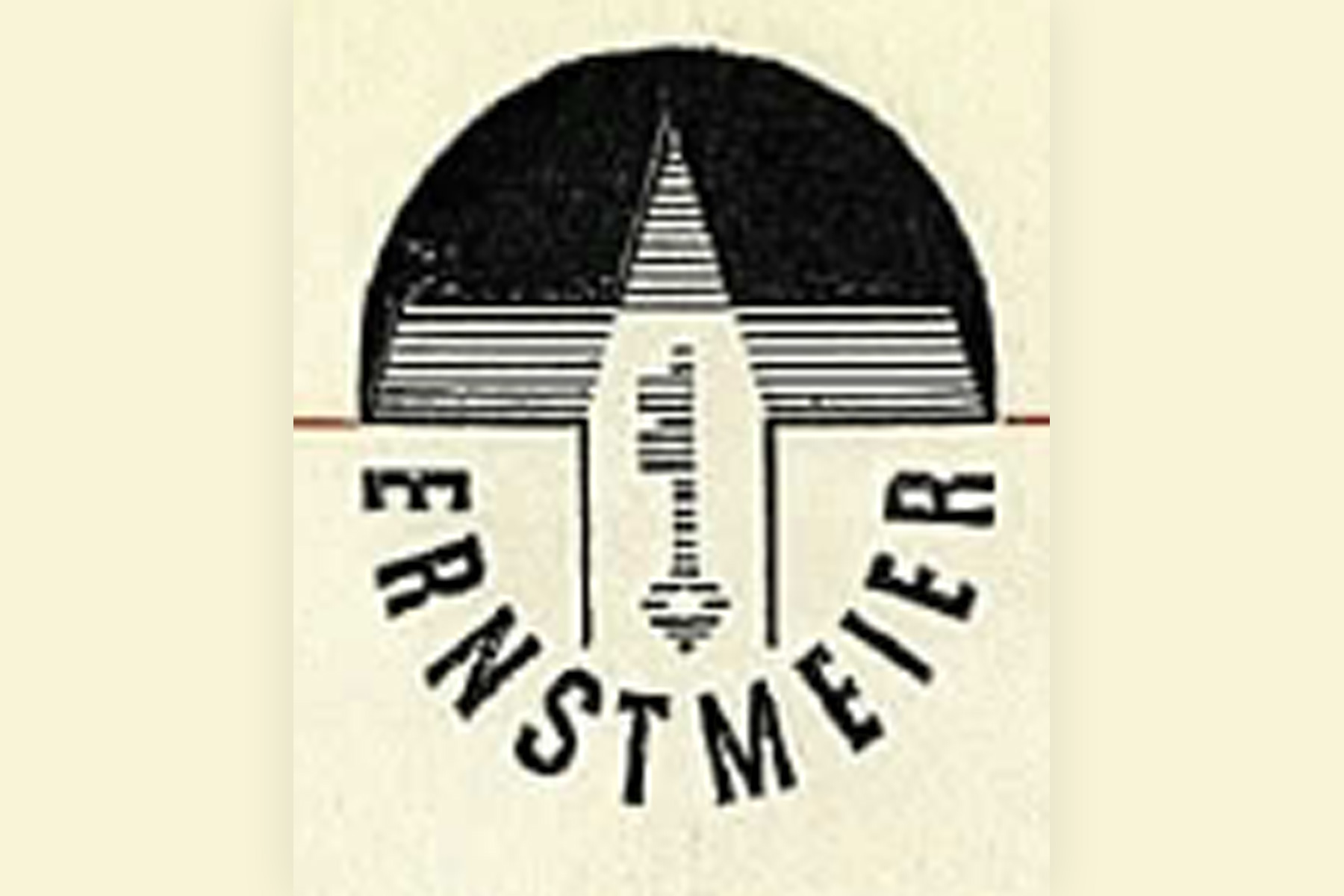
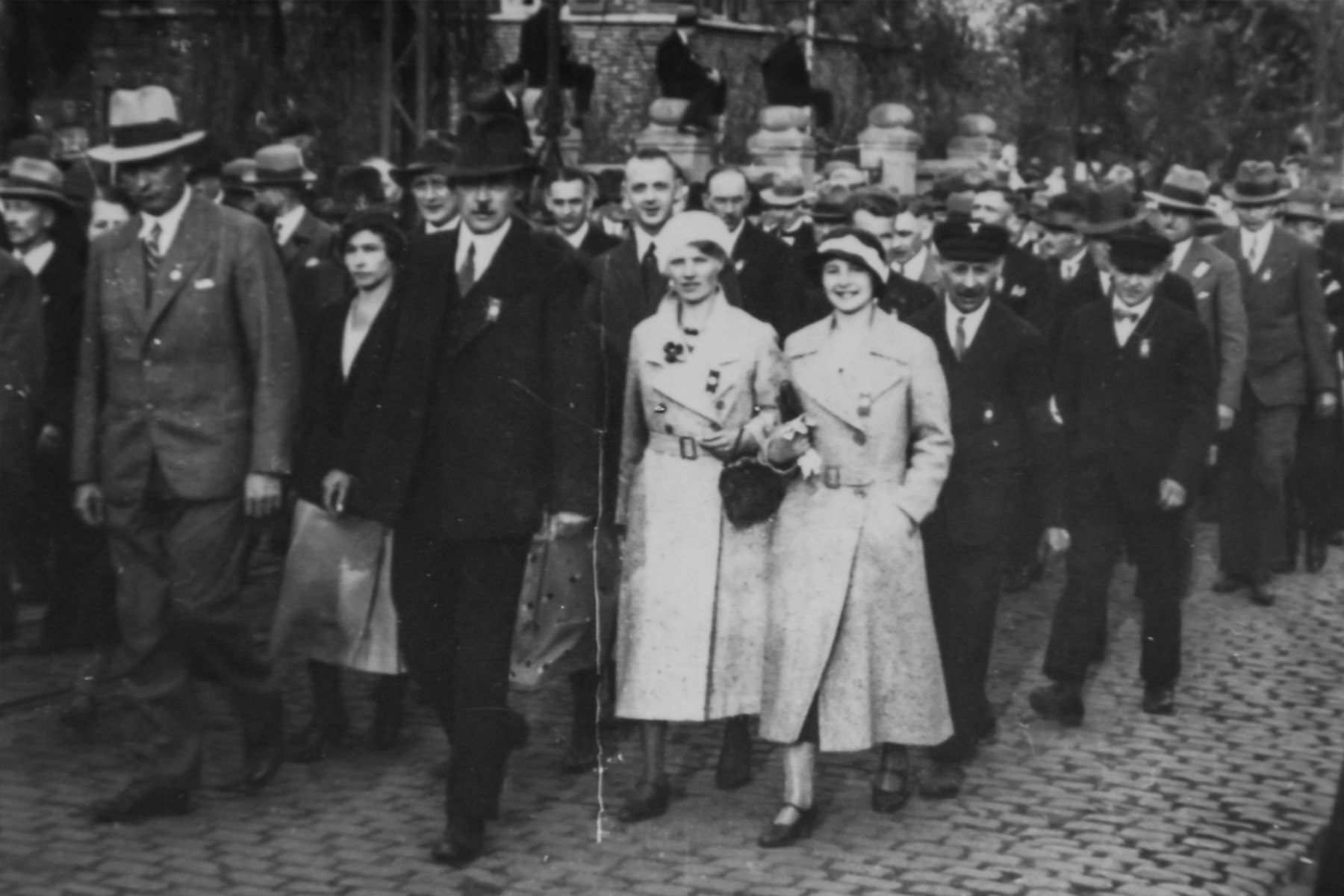
Start of synthetic leather production (nitro synthetic leather)
1930
Over the next few years three new synthetic leather machines are installed. Binding and synthetic leather production increases sharply. The business is redeveloped and expanded, new buildings are added.
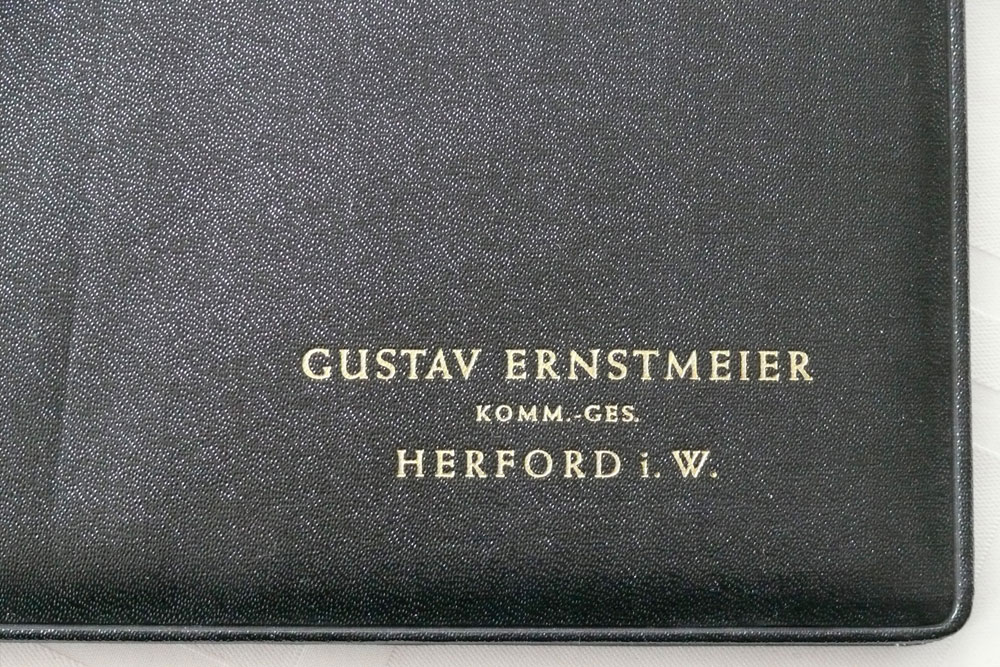
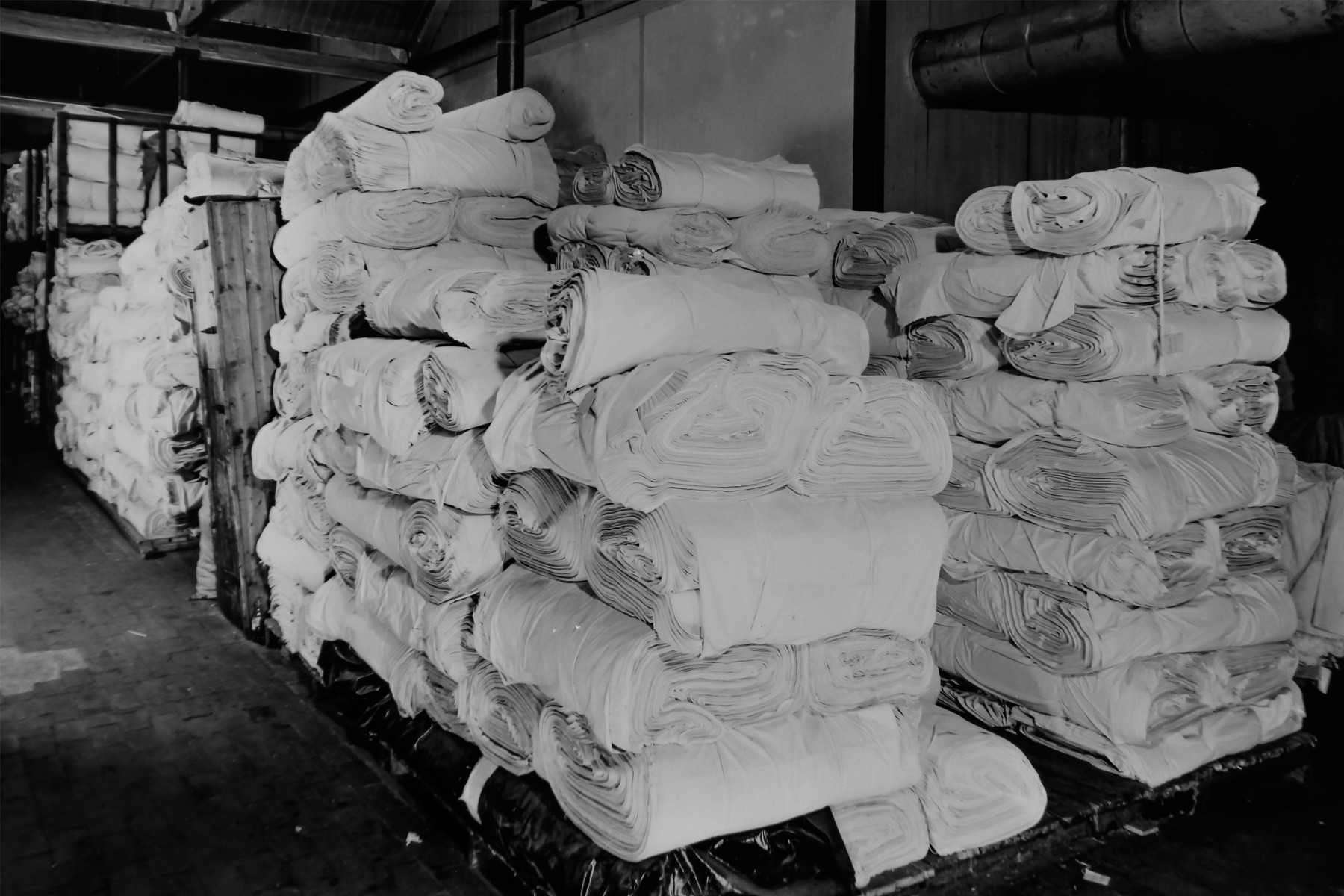
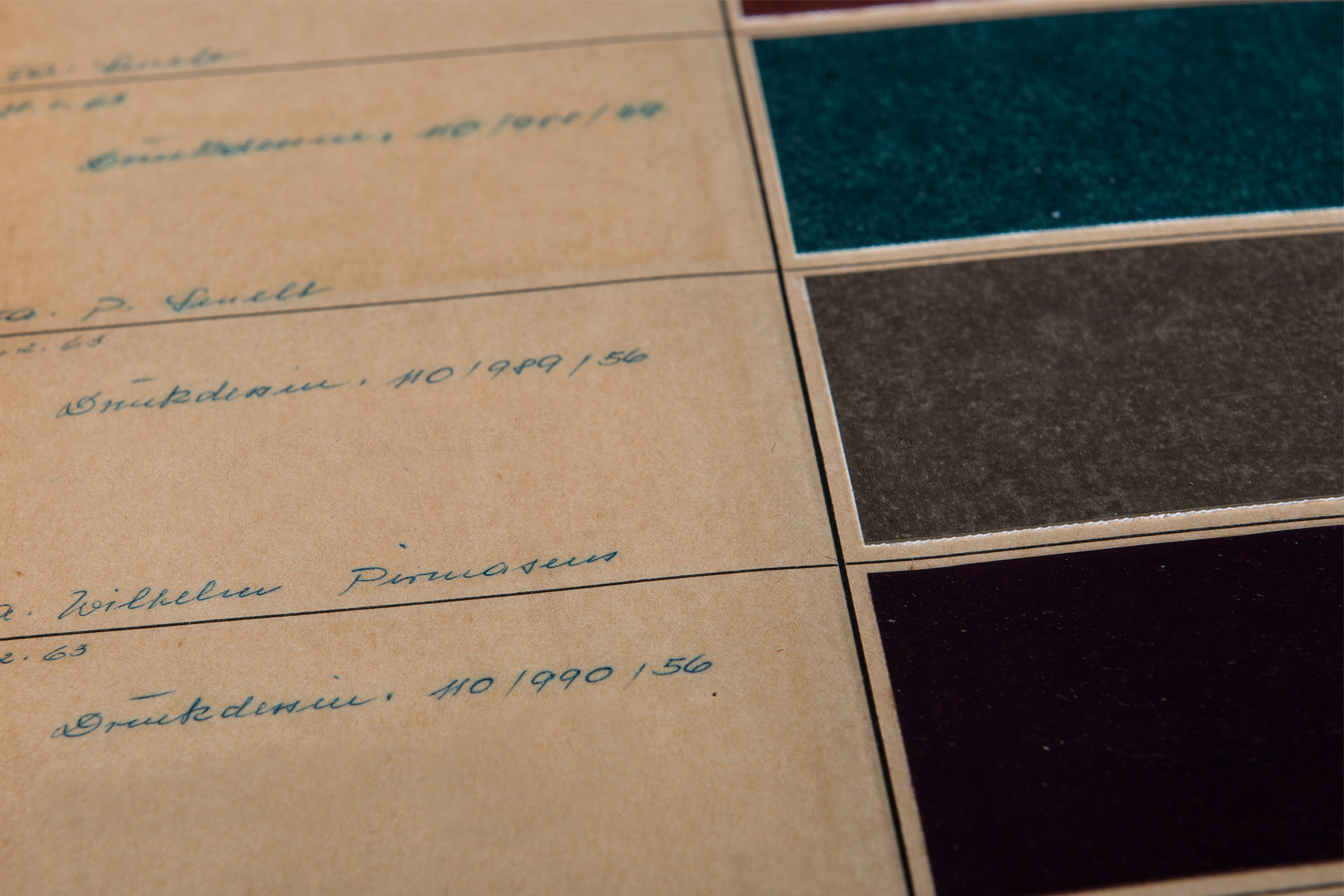
1939-1945 - The War Years
1939
The company survives the war years for better or for worse. Despite the limited supply of woven textiles, the company is able to obtain a quantity of funeral cloth and this helps it stay in business, as well as supplying materials for camouflage nets and snow shirts.
Nevertheless, the company has to close down for several months at the end of the war.
Fortunately, it does not suffer any bomb damage.
At the end of 1945 the business is able to resume limited trading.
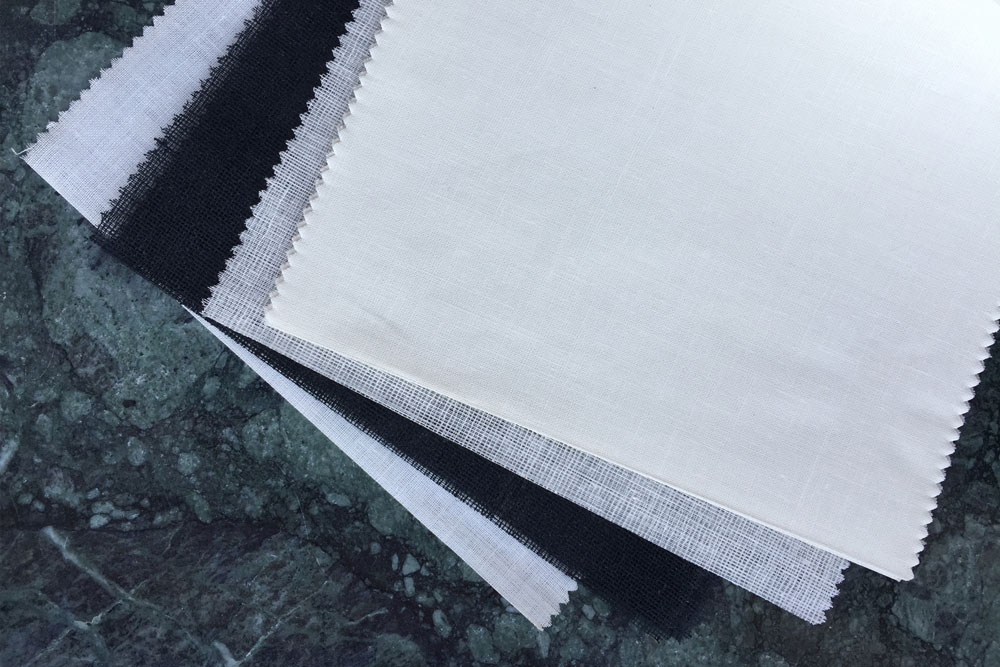
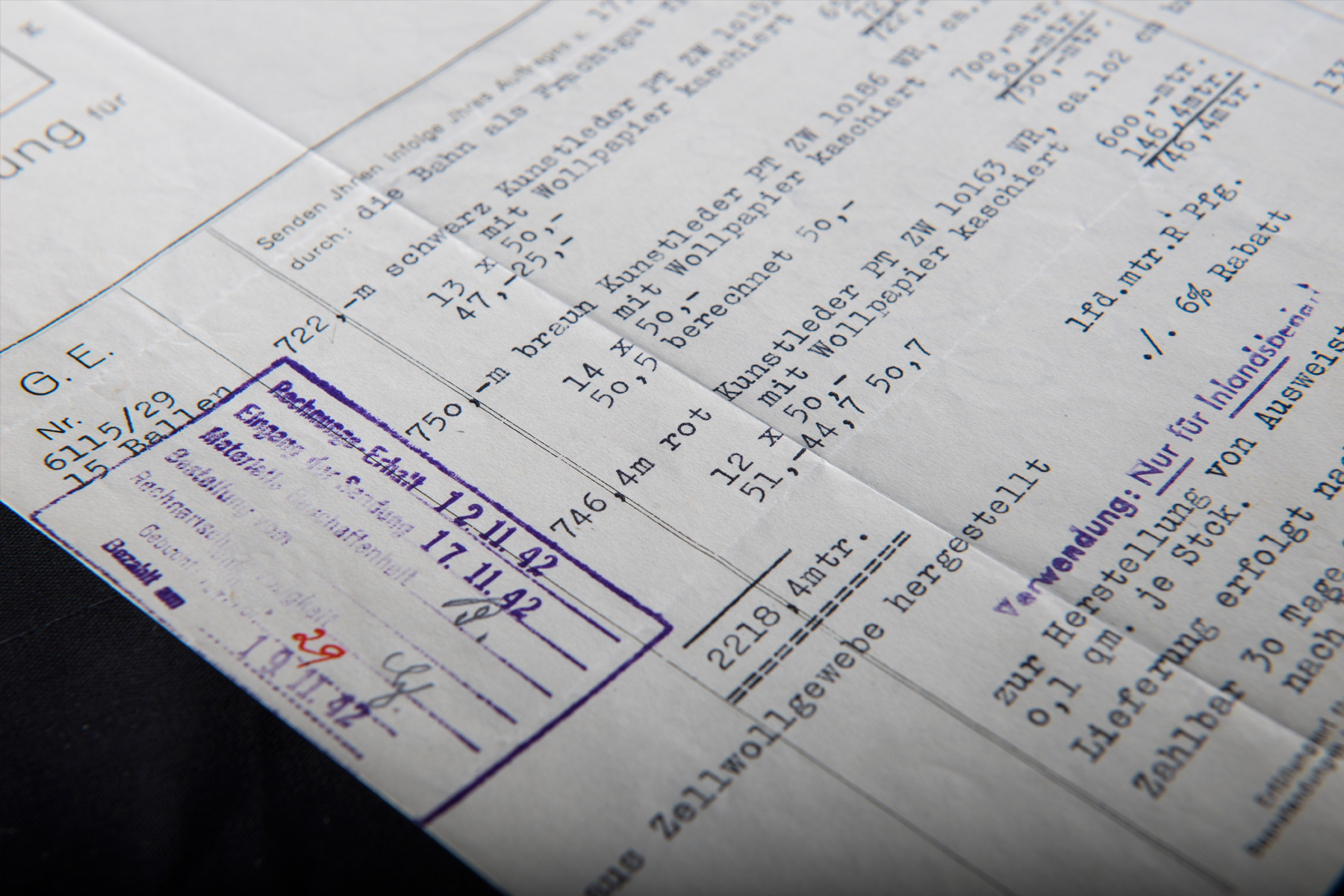
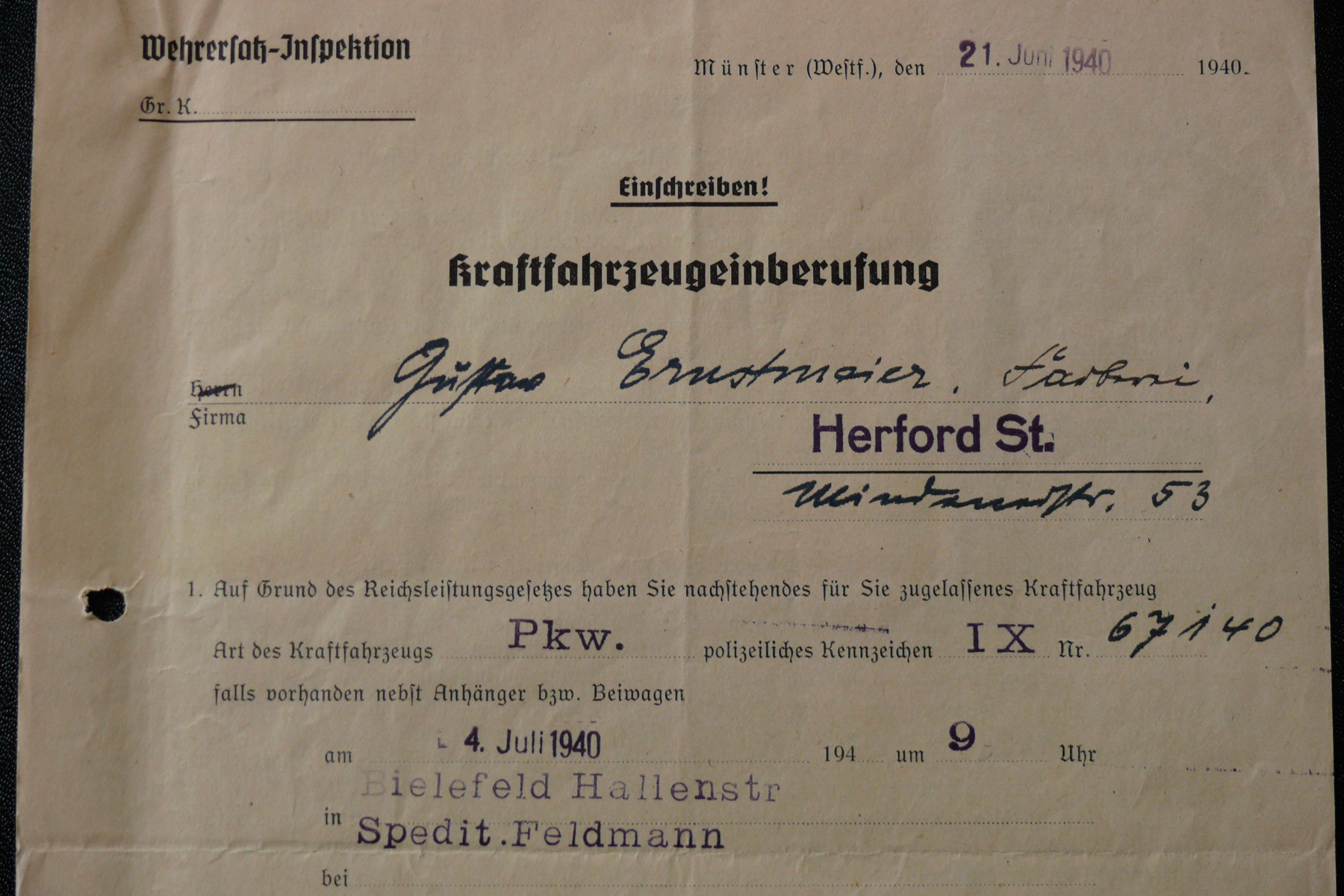
The next generation takes over: Carl-Gustav Ernstmeier
1948
After more than three decades of sole responsibility, Carl-Gustav Ernstmeier takes on managing director duties alongside his father Carl.
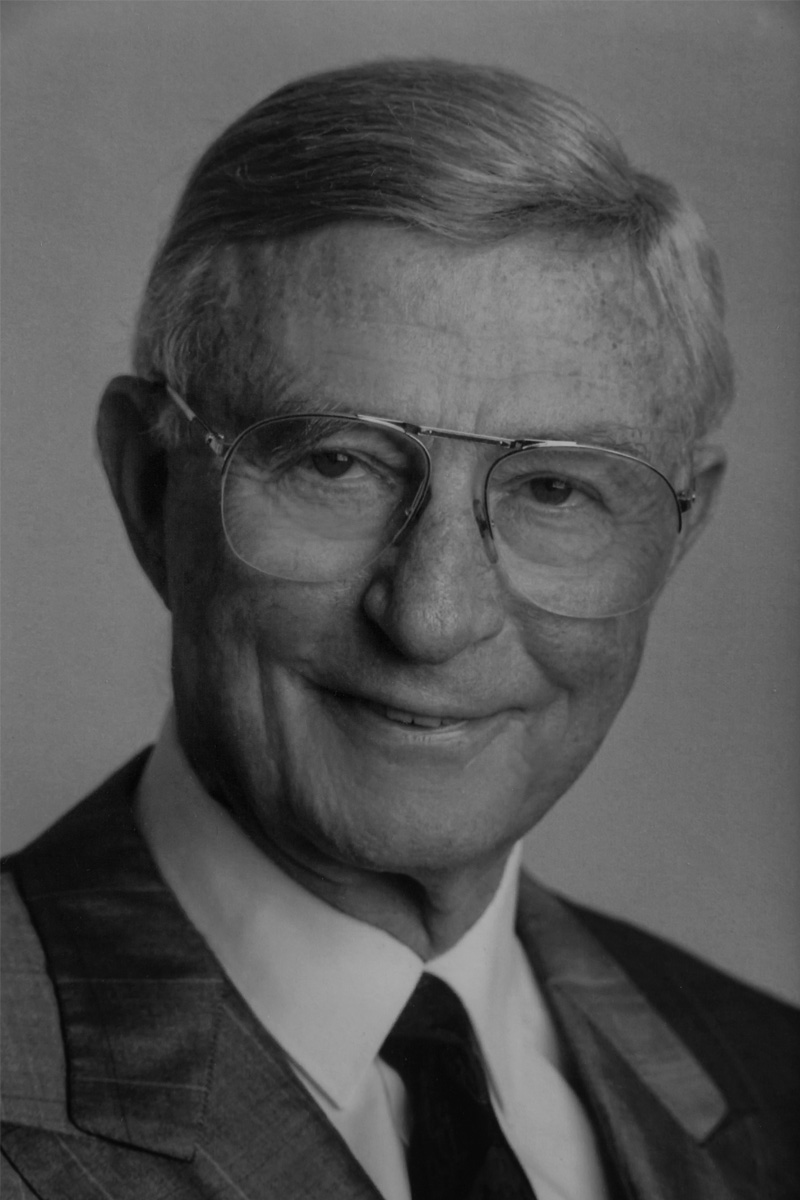
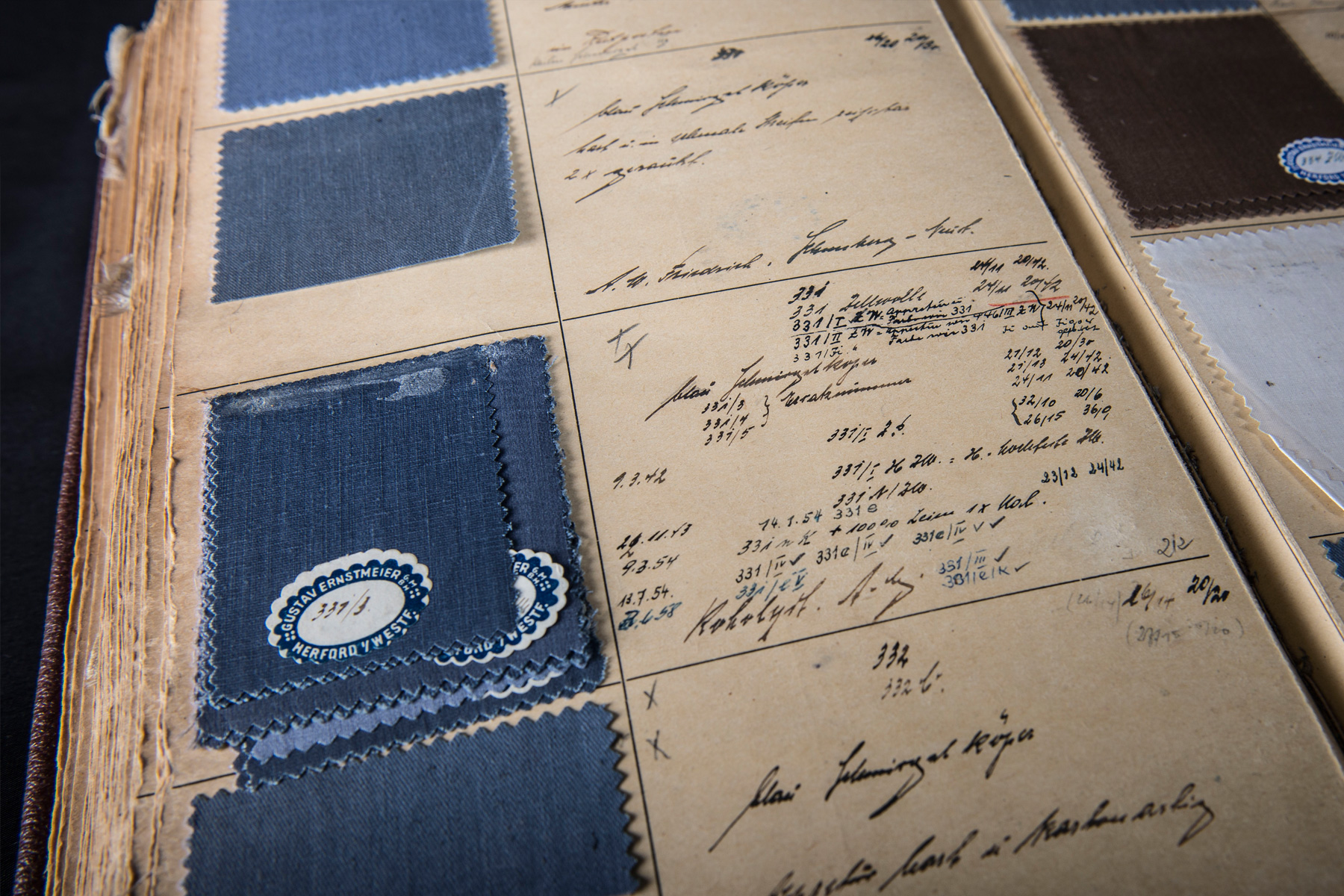
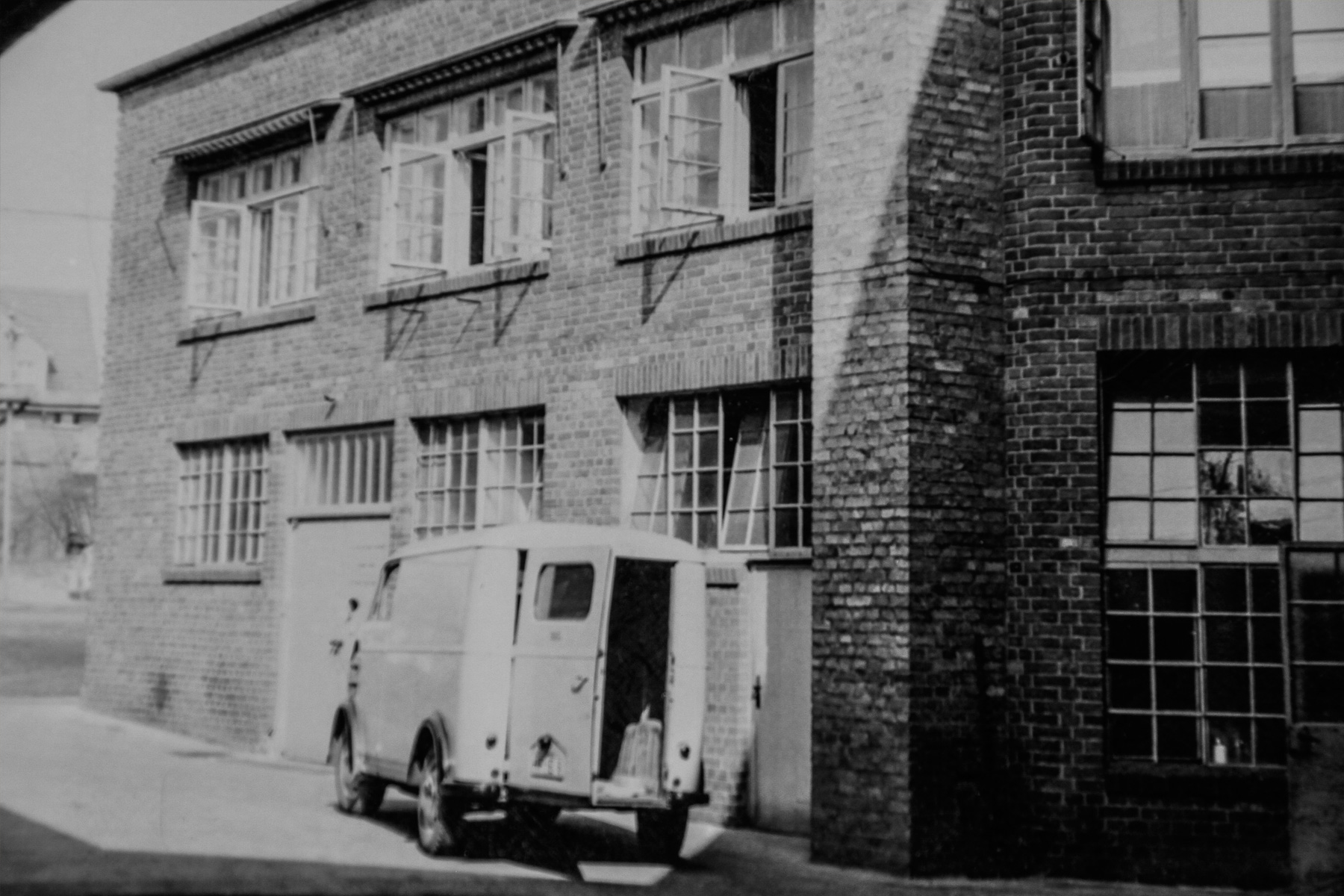
Development of PVC synthetic leather. The German Passport arrives.
1950
The company is able to produce a very hardwearing and extremely durable synthetic leather. As a result of the huge demand, more machines are installed and laboratory facilities are established.
The German passport (still green at that time) in Ernstmeier synthetic leather is introduced in the '50s.
The trade name ERA is created. Carl Ernstmeier dies, aged 65.
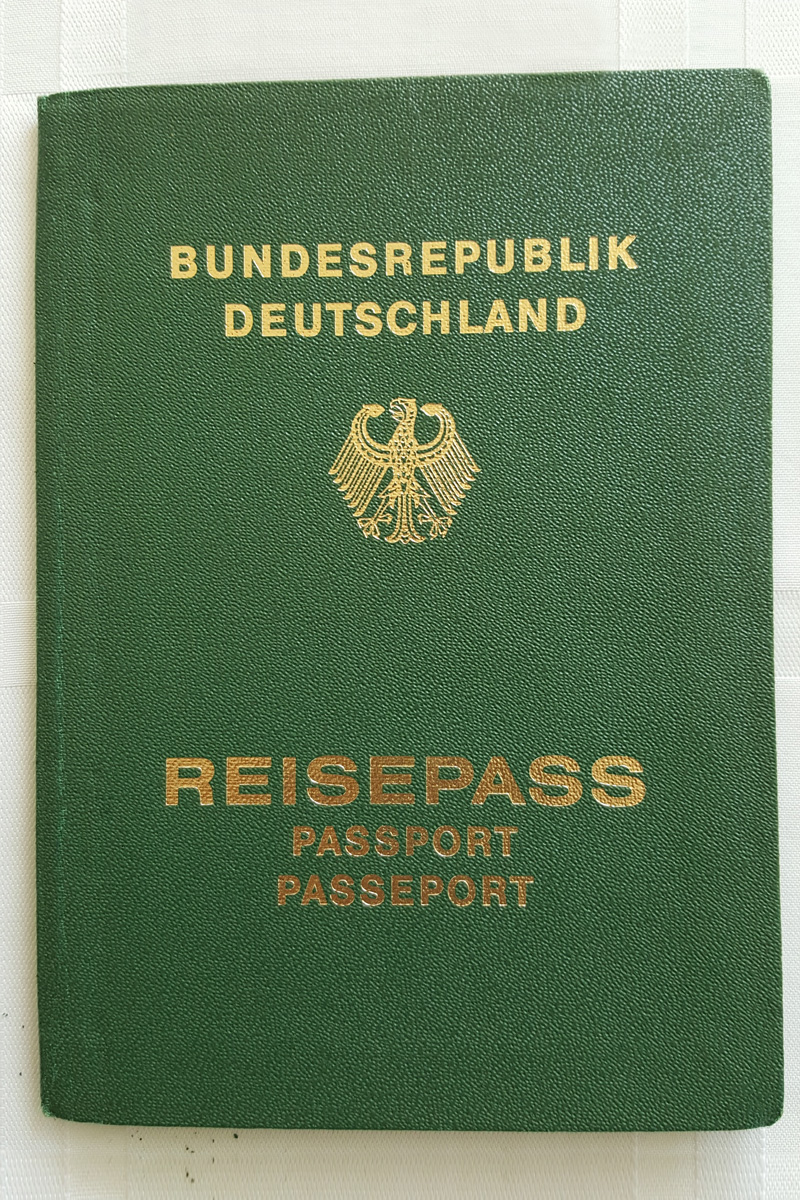
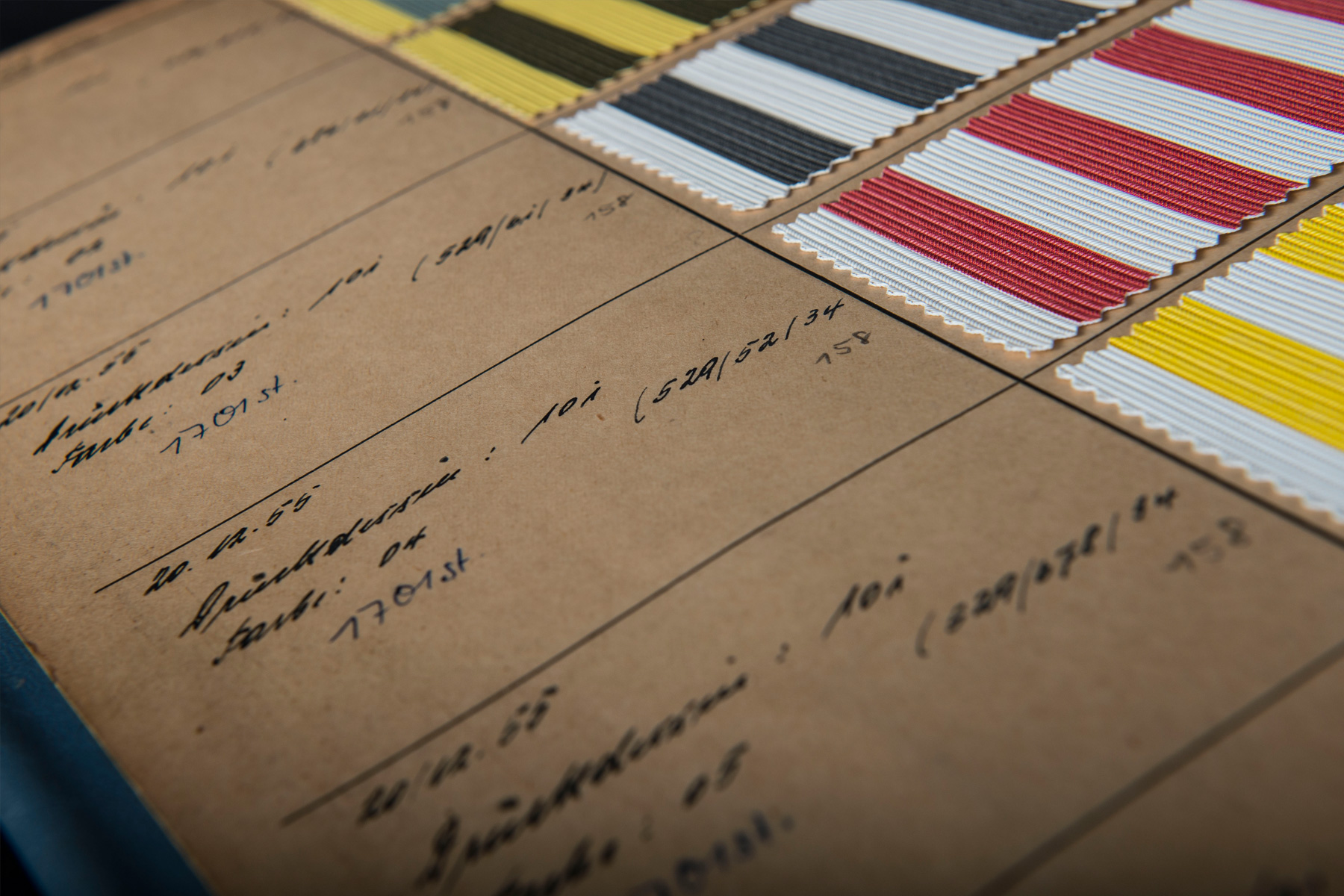
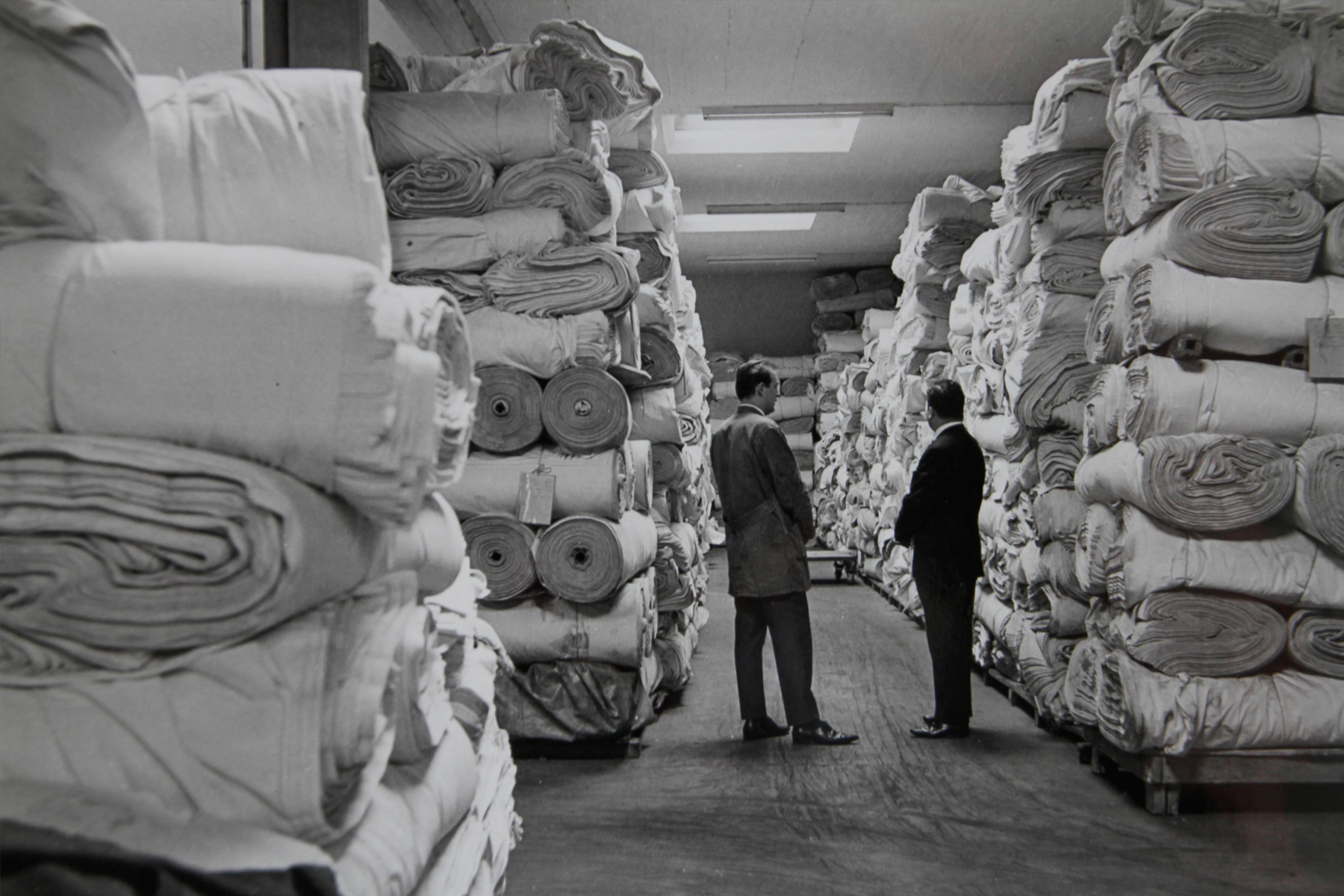
Product launch: bellows material
1960
Special textile carriers are designed to withstand high loads and provide good long-term protection for machines and their operators.
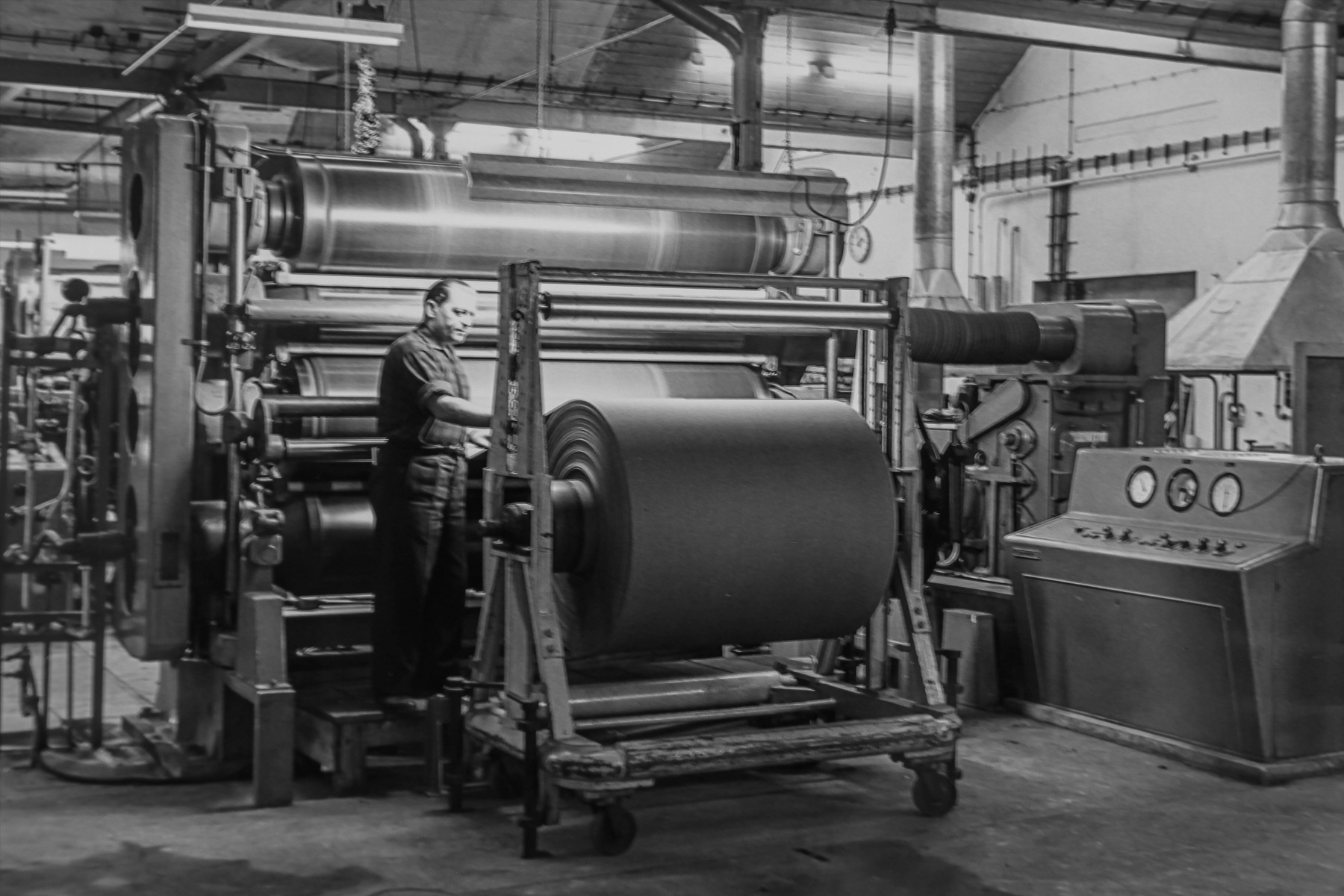
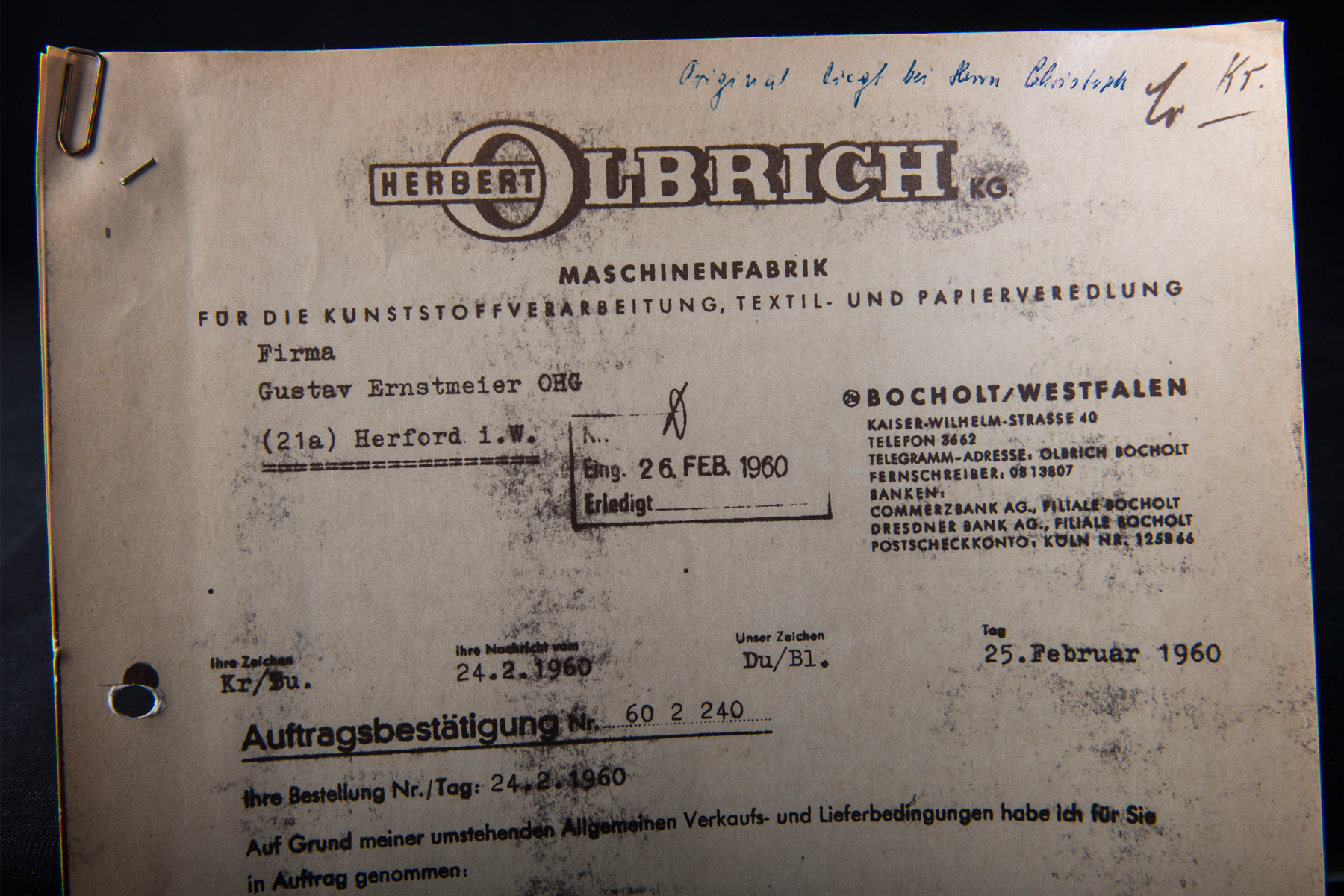
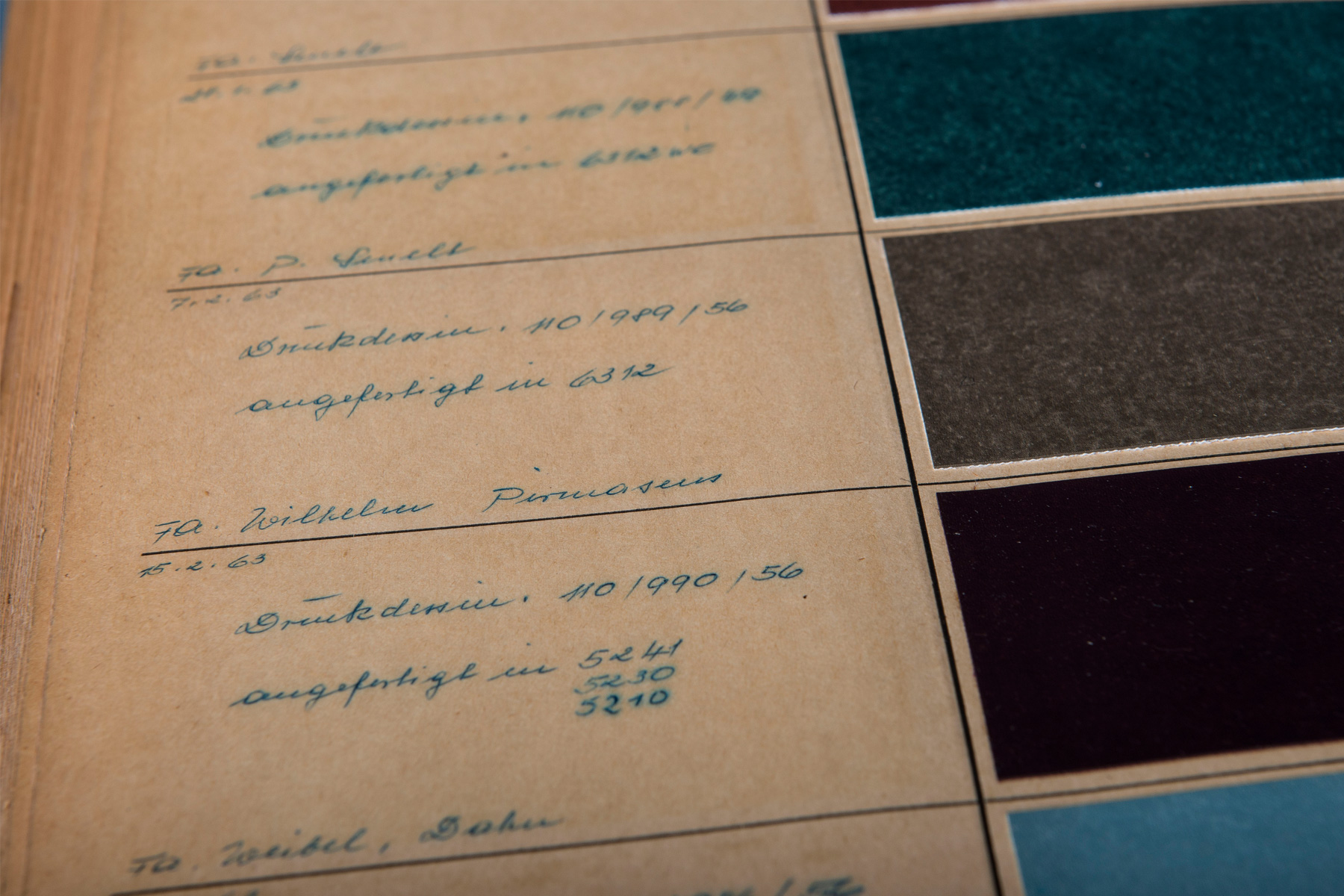
Setting up additional production facilities in Stolzenau
1964
As it is not possible to expand the factory at the company headquarters in Herford, a production facility is built in Stolzenau. This significantly expands the production capacities. ERA develops into a successful supplier to the automobile industry (boot covers, synthetic leather for car seats and foam laminates for car interiors).
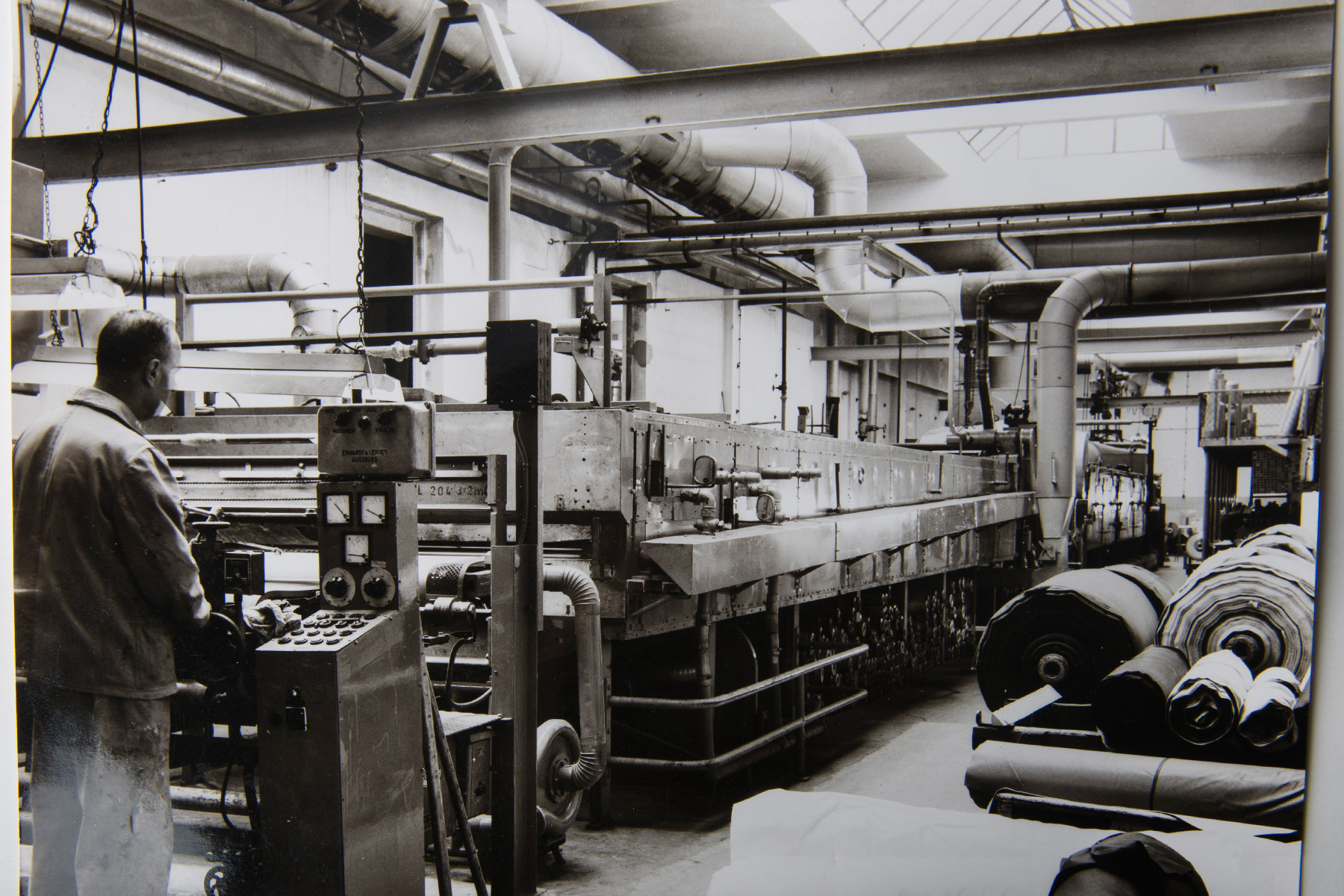
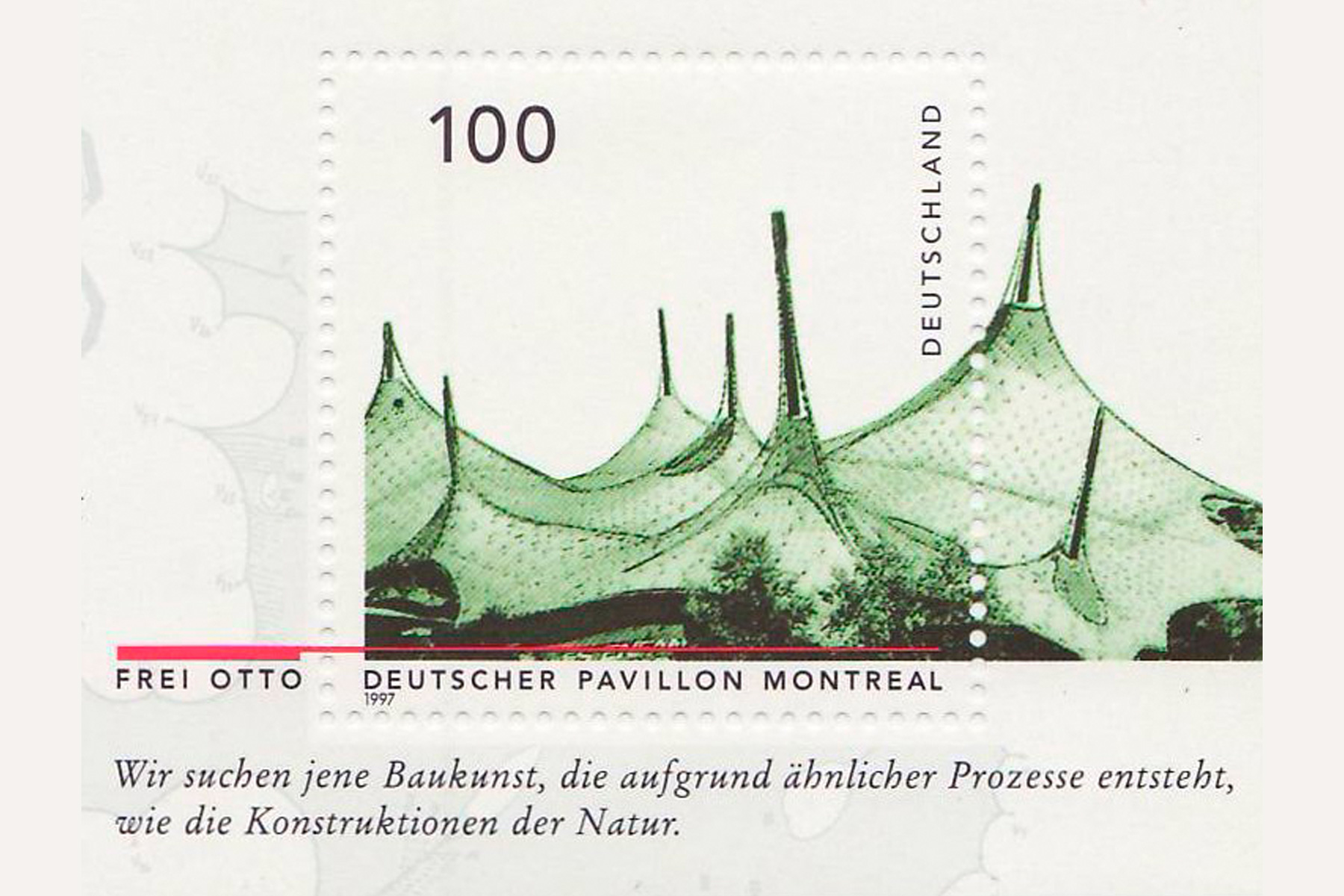
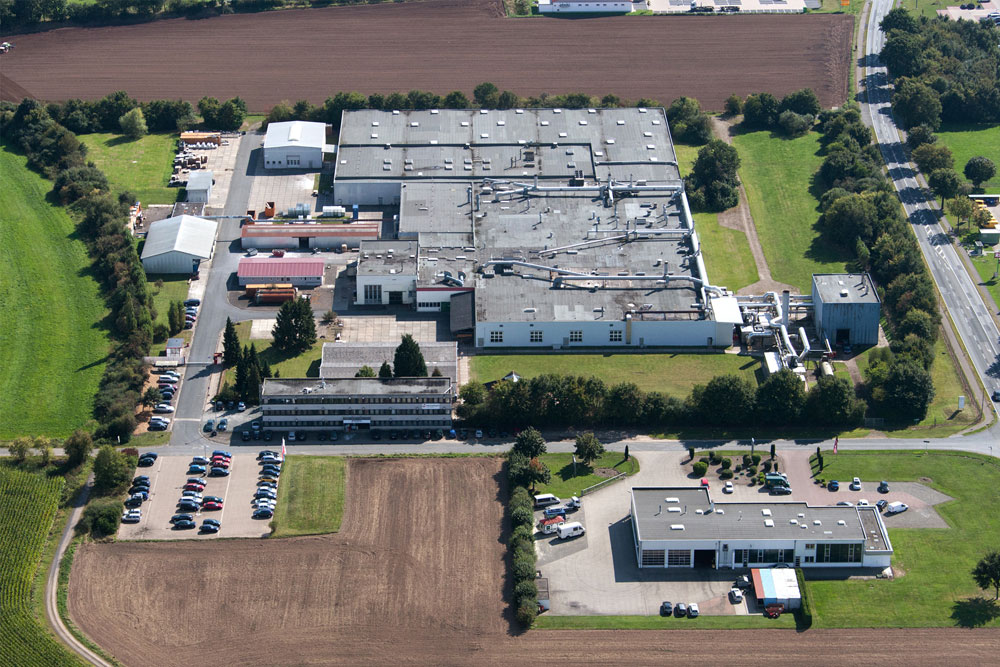
With Dieter Ernstmeier the next generation of the family takes over the company.
1968
For over two decades the company was led by Carl-Gustav Ernstmeier. Now Dieter Ernstmeier takes over and will steer the company’s fortunes over the next 30 years. His brother Peter Ernstmeier supports the company from Hamburg as a fellow partner and advisory board member.
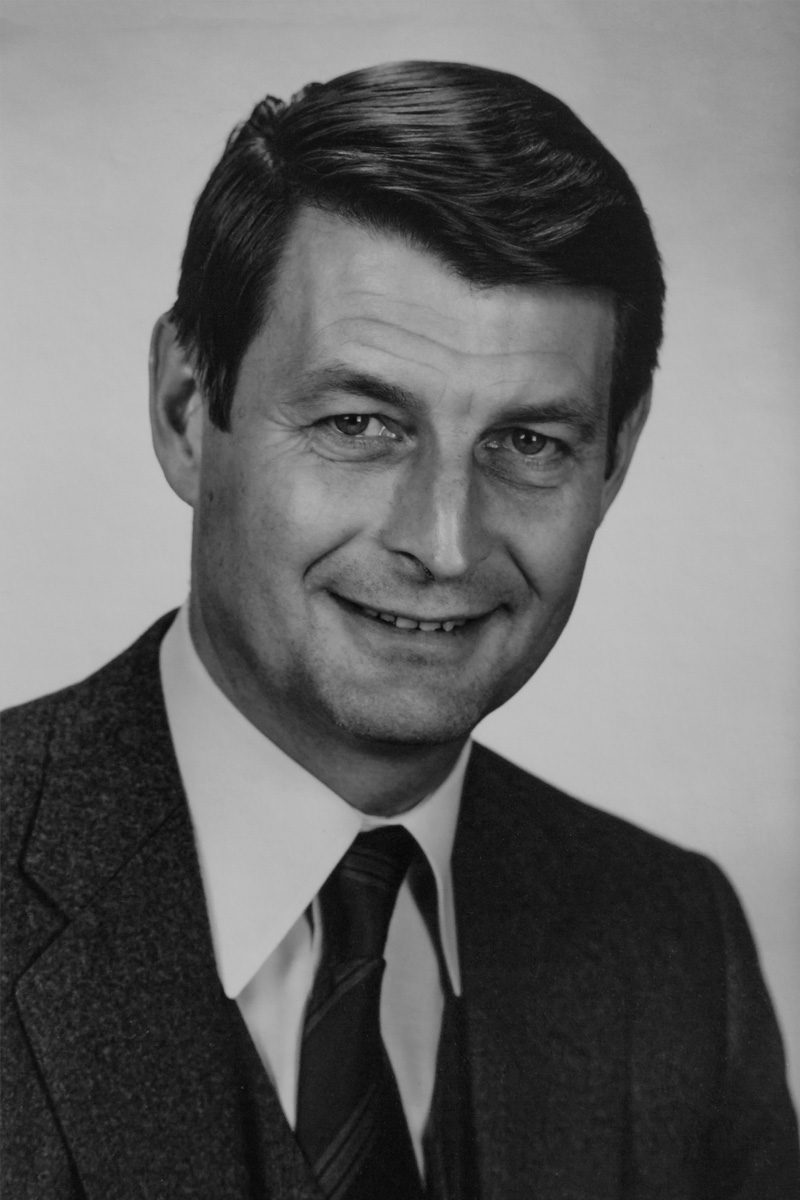
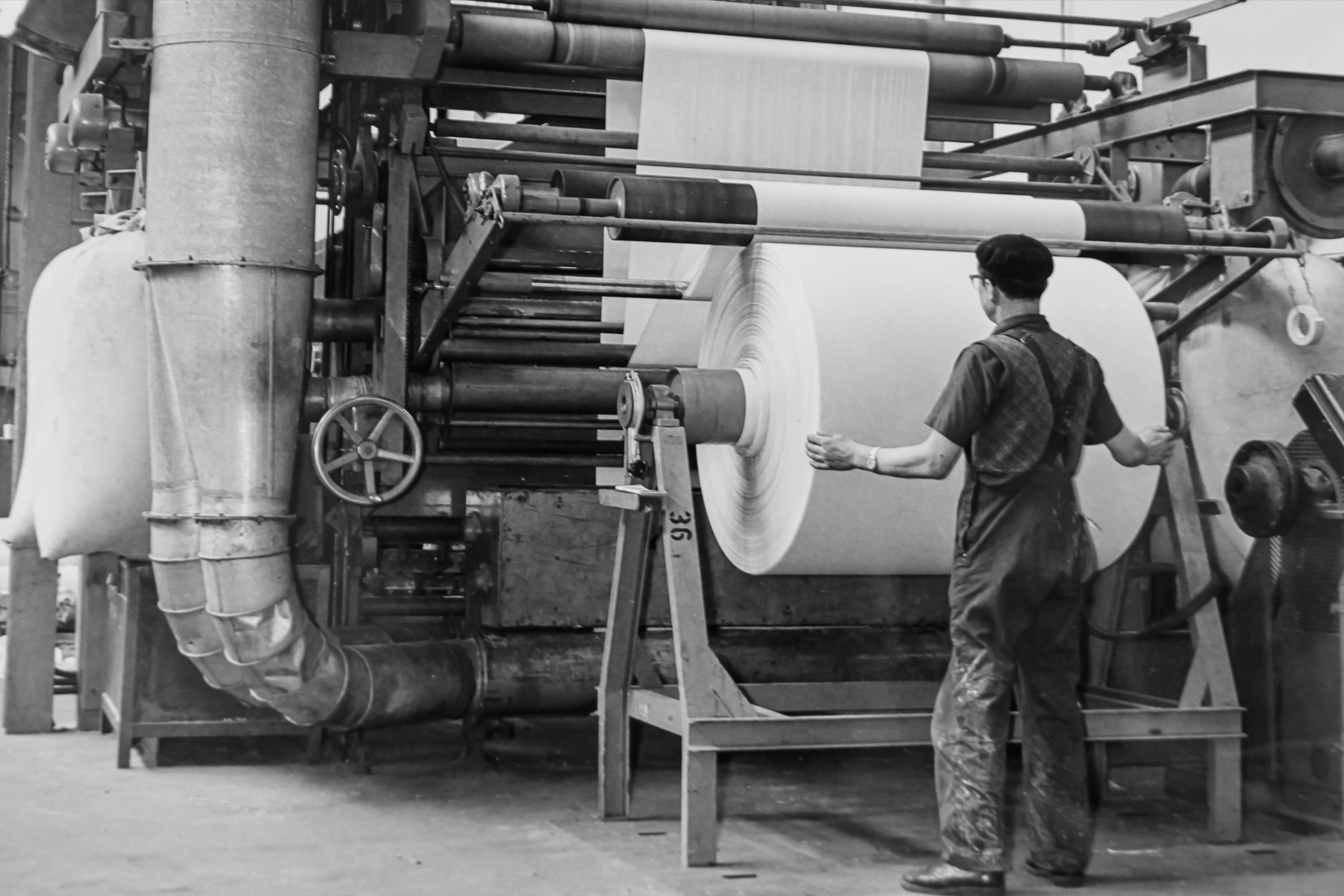
Splitting of Herford and Stolzenau facilities
1986
The two facilities are split into two independently-run companies. The facility in Herford will continue to be managed under the name Gustav Ernstmeier, the Stolzenau facility is now called era Beschichtung.
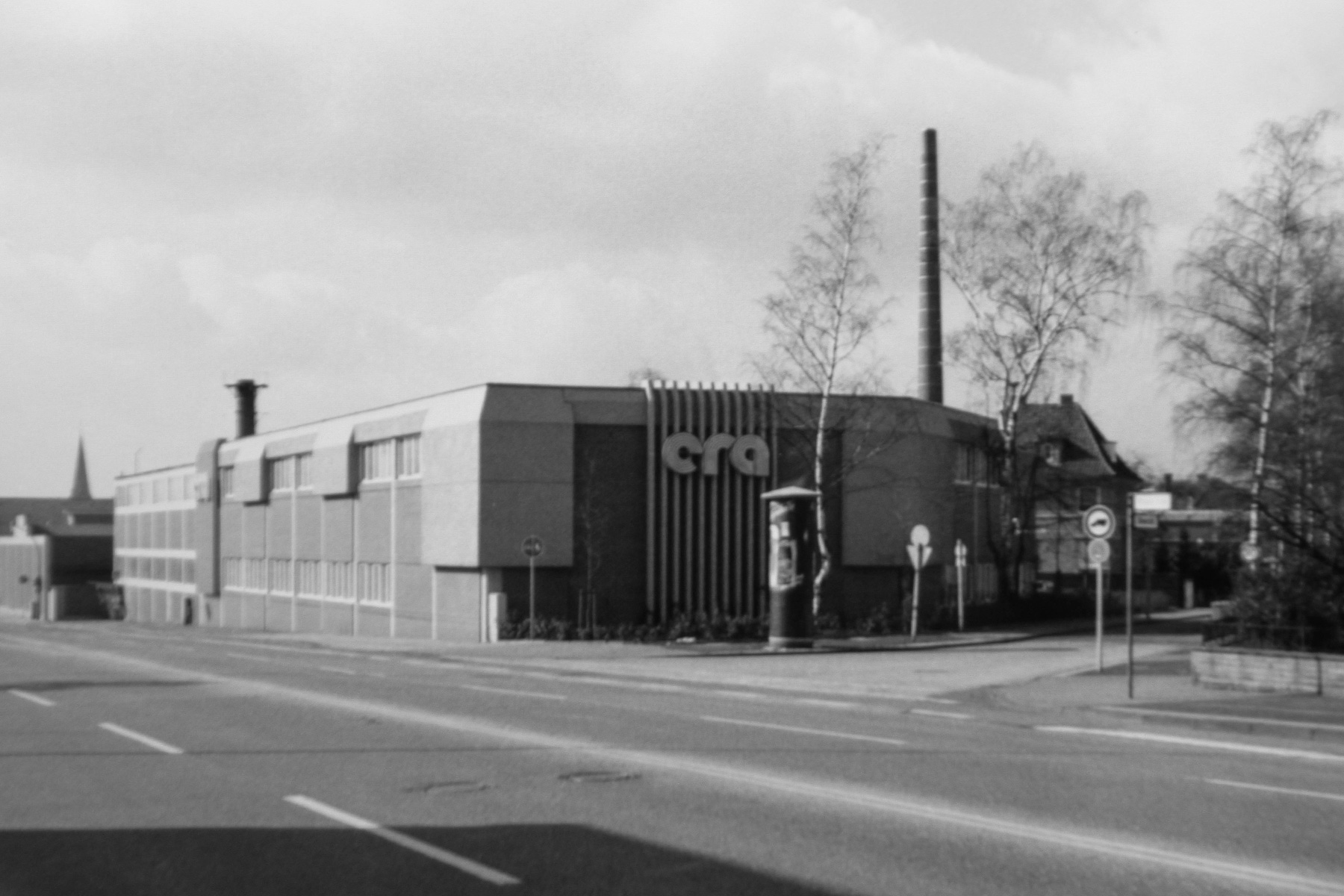
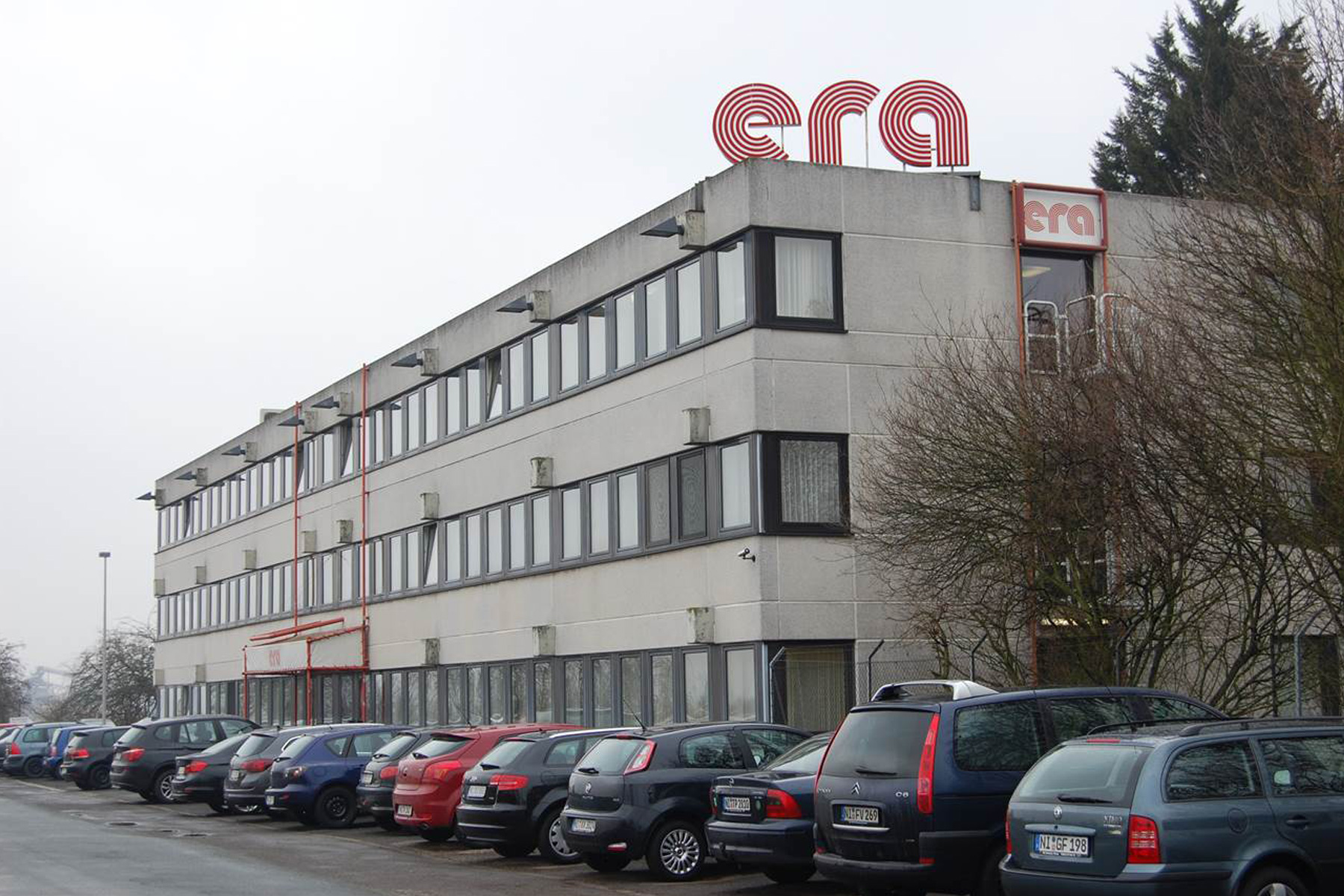
Largest program of investment in the company’s history. The ERATEX trade name is created.
2000
The program comprises the construction of a new logistics and production hall, a shipping warehouse and a new exhaust cleaning facility. The machine fleet is expanded. The investments total almost 25 million DM. In particular, the production capacities of abrasive backing products are significantly expanded.
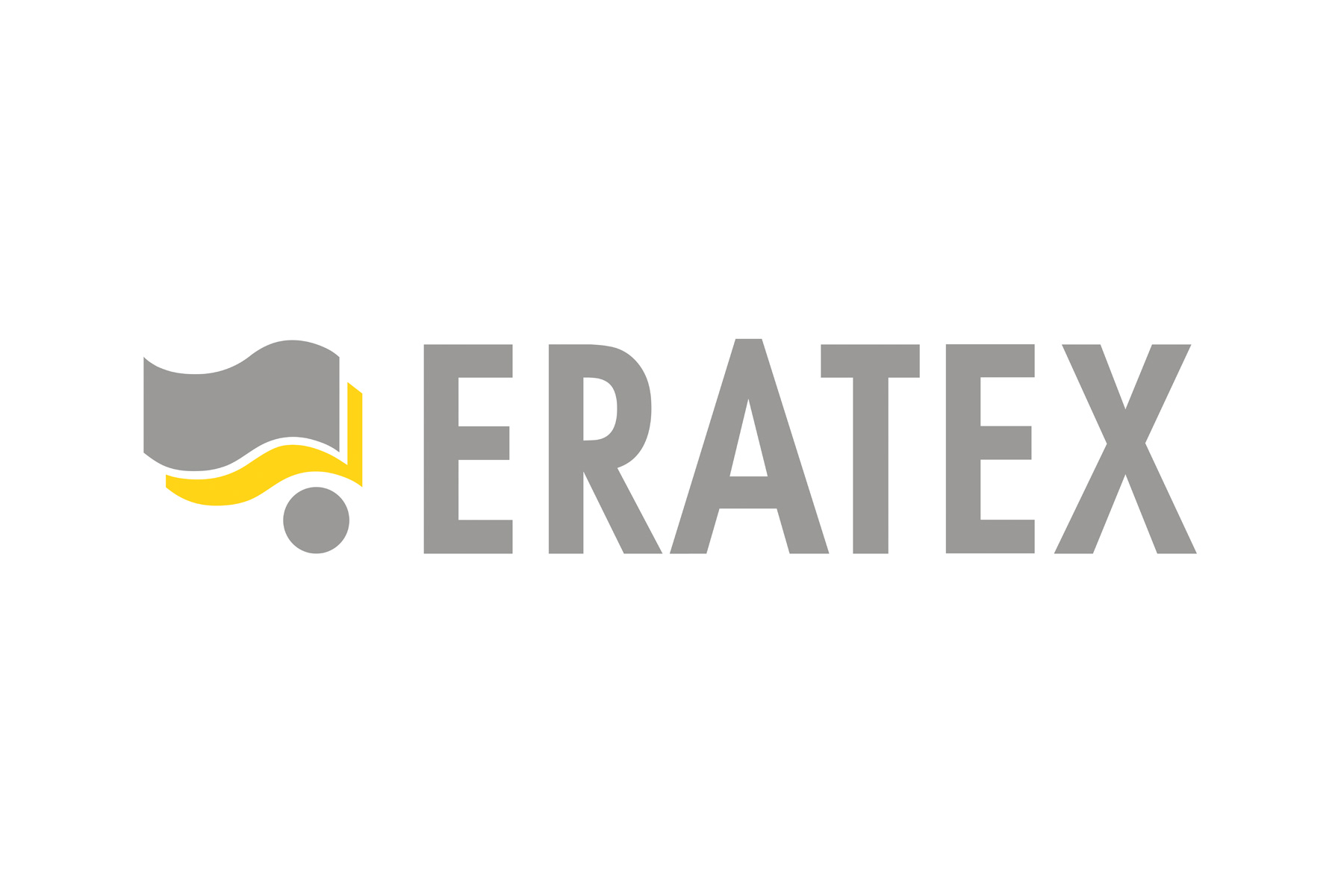
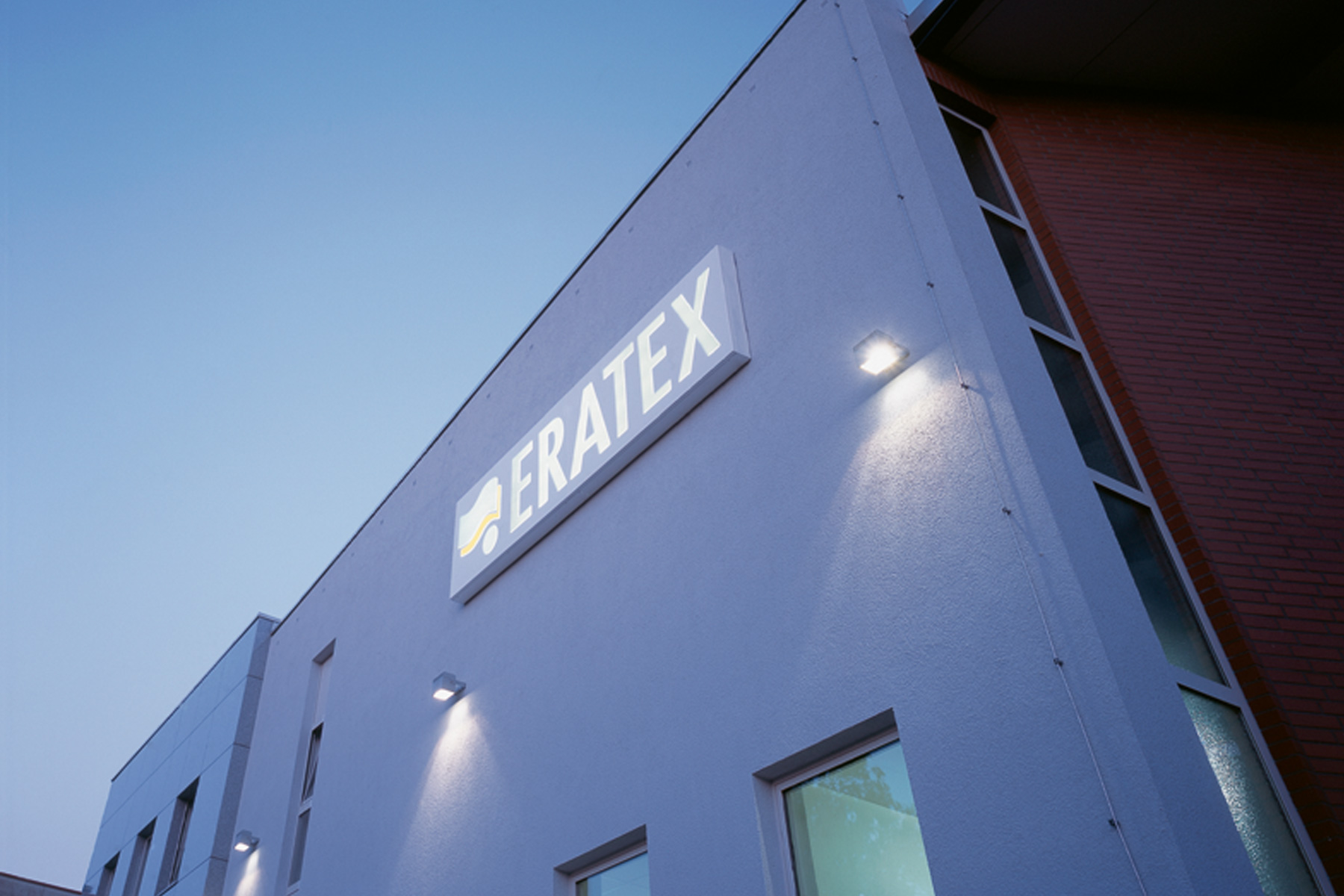
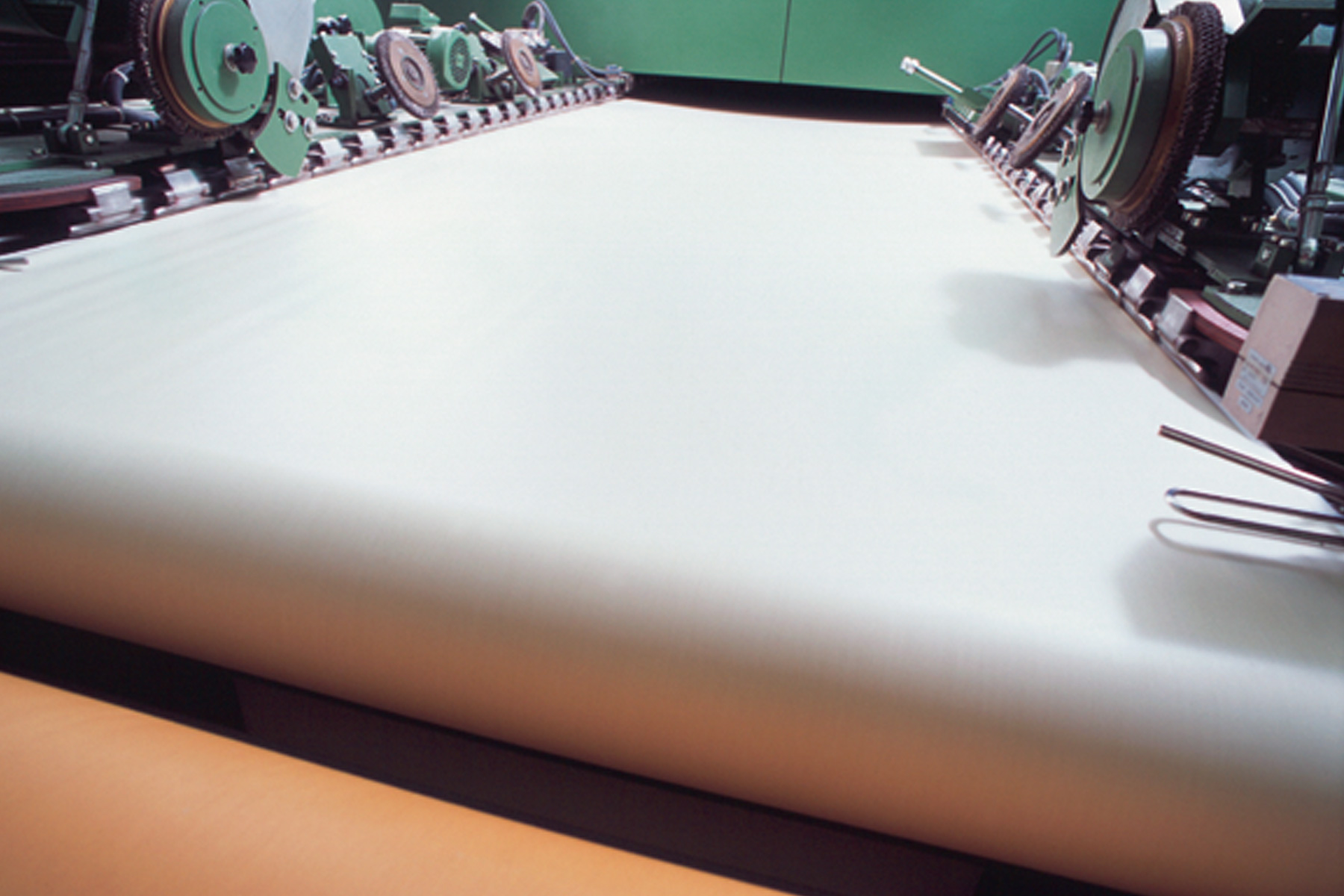
Establishing the Dieter-Ernstmeier-Foundation
2002
Dieter Ernstmeier, last managing partner of the family company, dies. He was the managing director from 1968 until his death. During his lifetime he prepared to transfer his company shares into a foundation. The foundation supports and promotes cultural, social and church projects, including in Herford. Peter Ernstmeier remains the second partner.
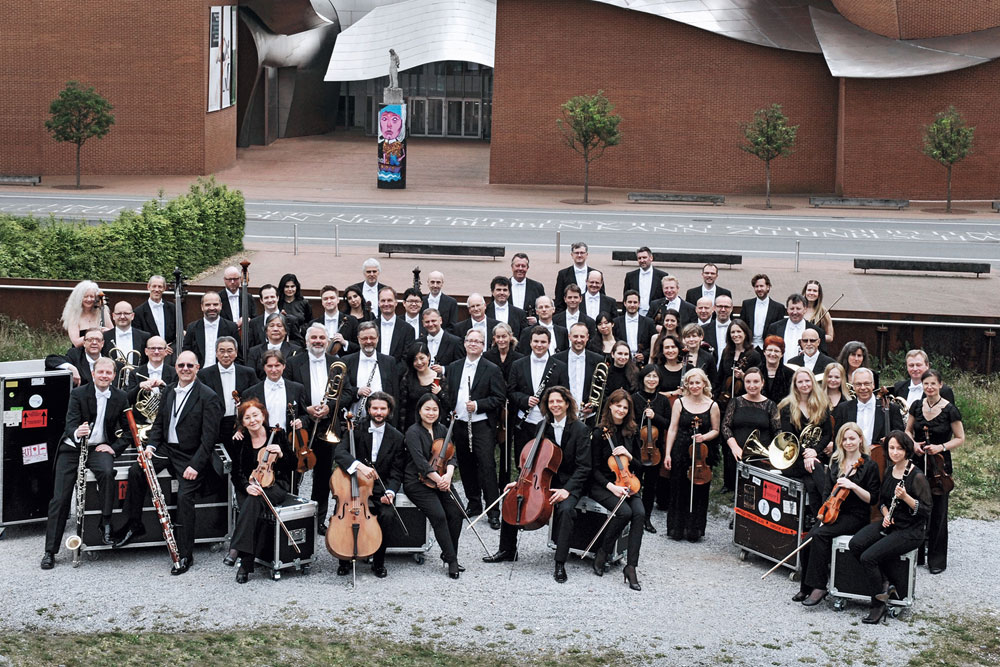
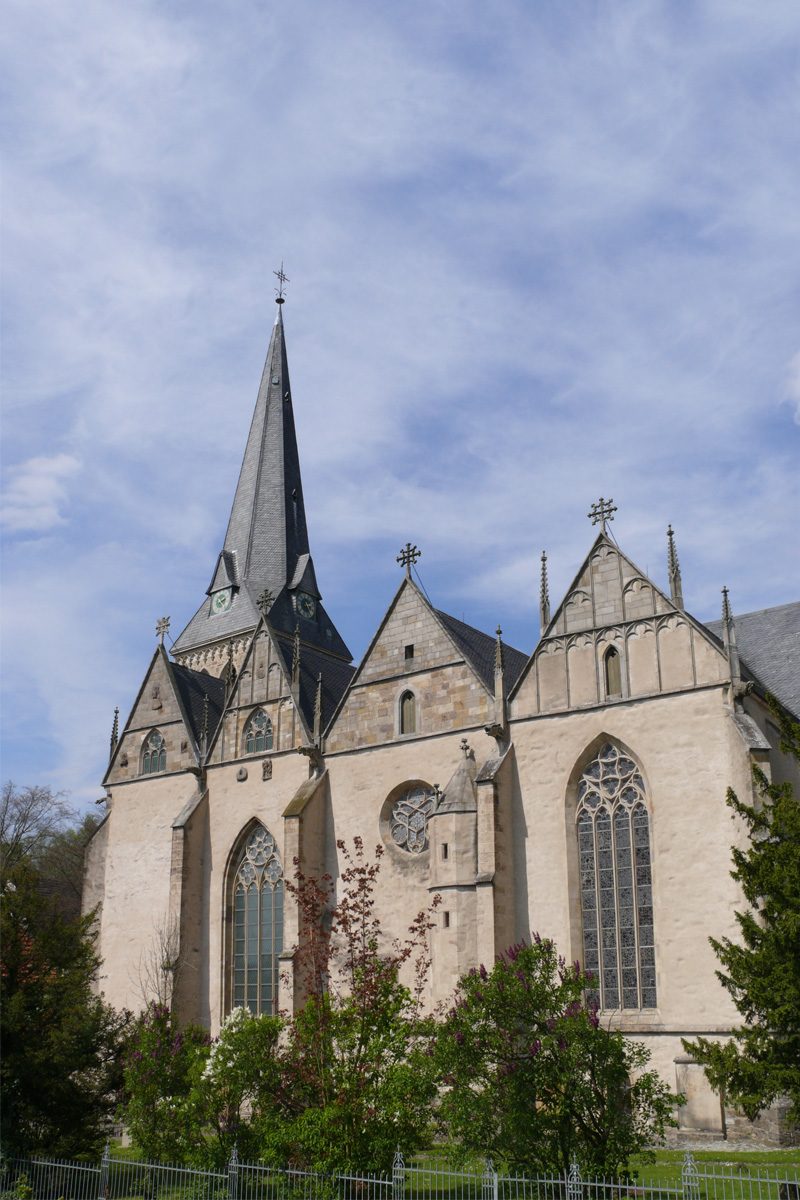
Commissioning of a new line for solvent borne coatings
2009
The product range is extended. The demand for wider bellows and construction textiles has grown; widths of up to 250 cm are now possible.
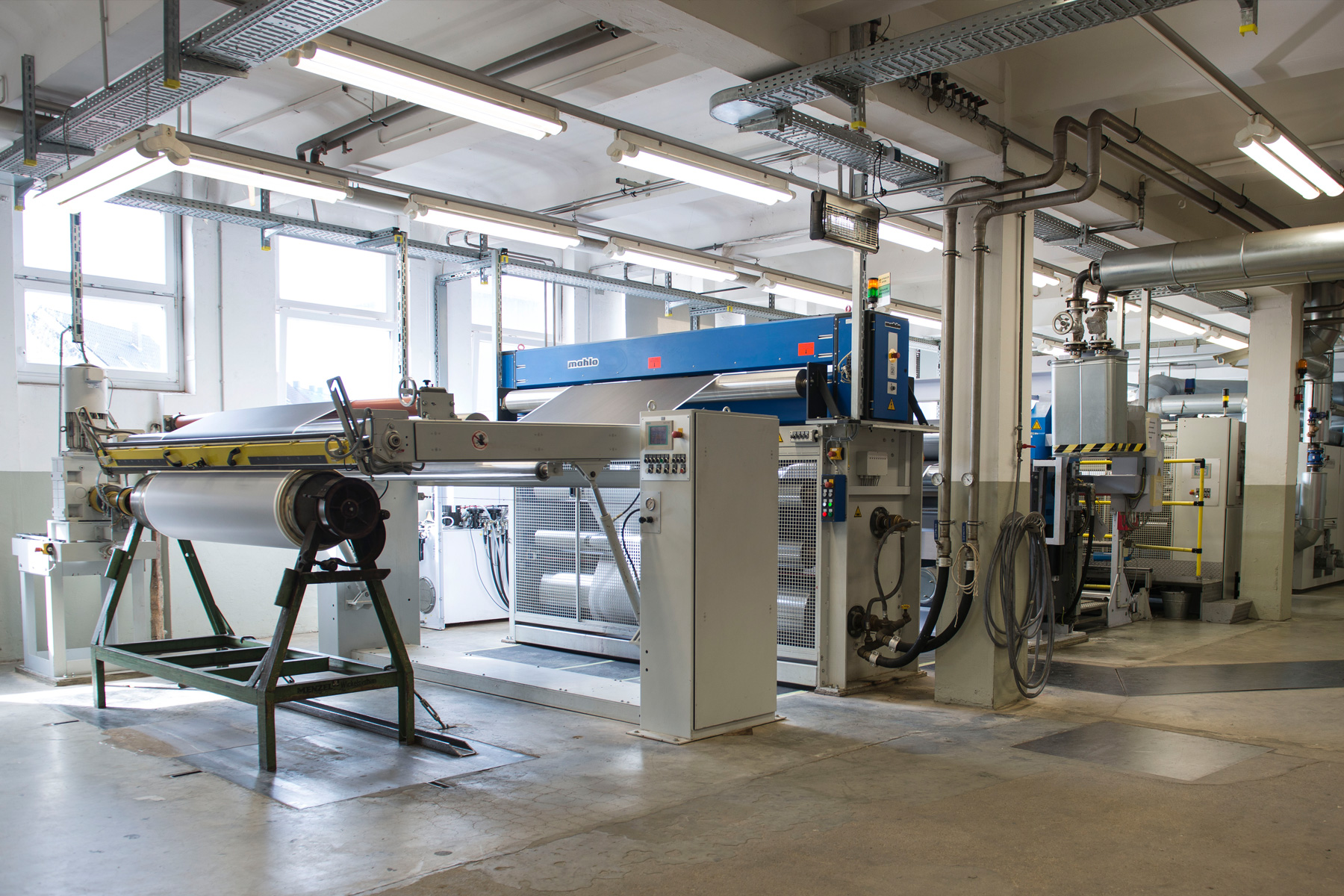

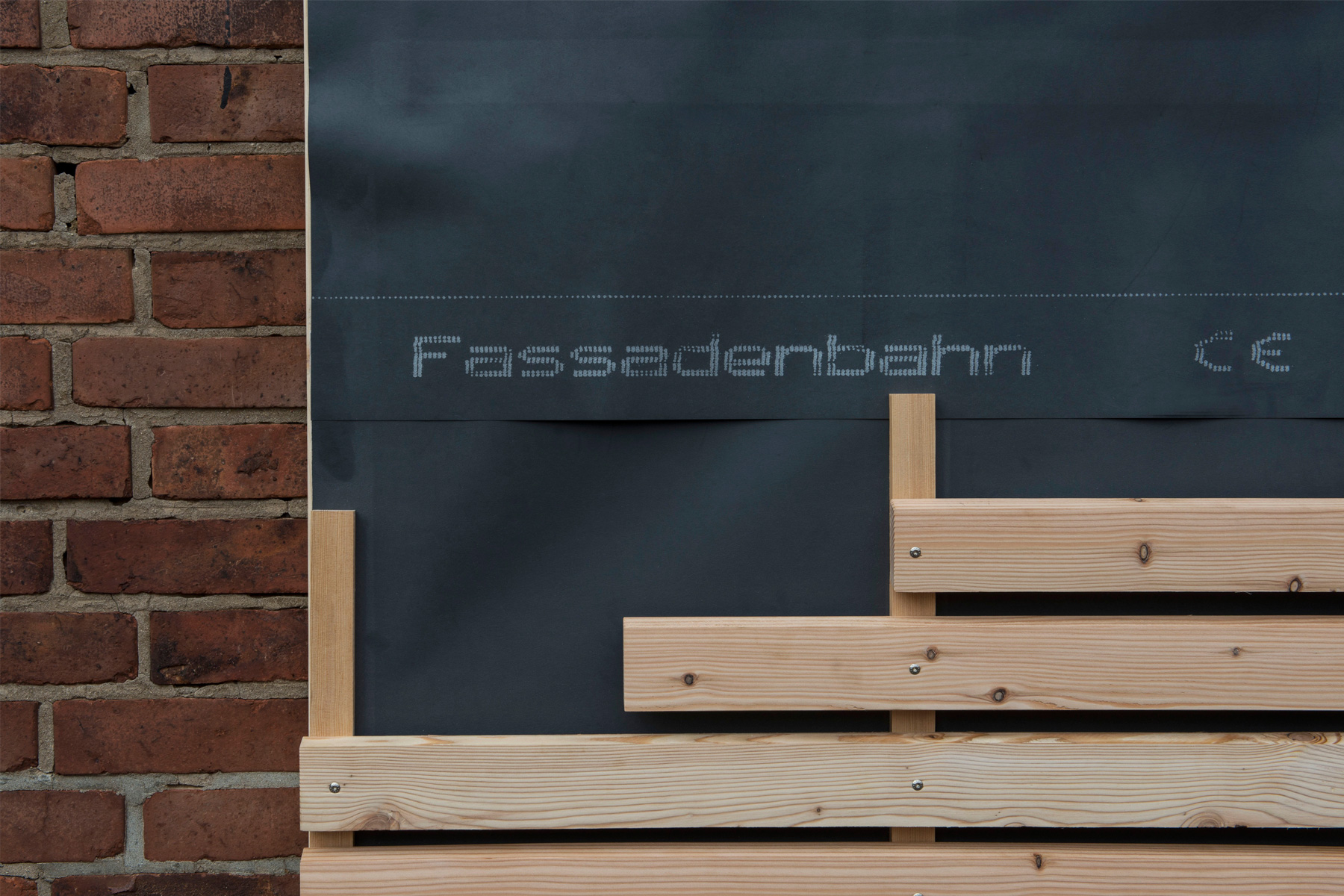
Development of a new generation of abrasive backing product line for flap discs
2012
The market demands a powerful tool for the high-end sector. High aggressiveness and long service lives. Qualities that are partly determined by the textile carrier.
The very traditional book binding materials segment is abandoned.
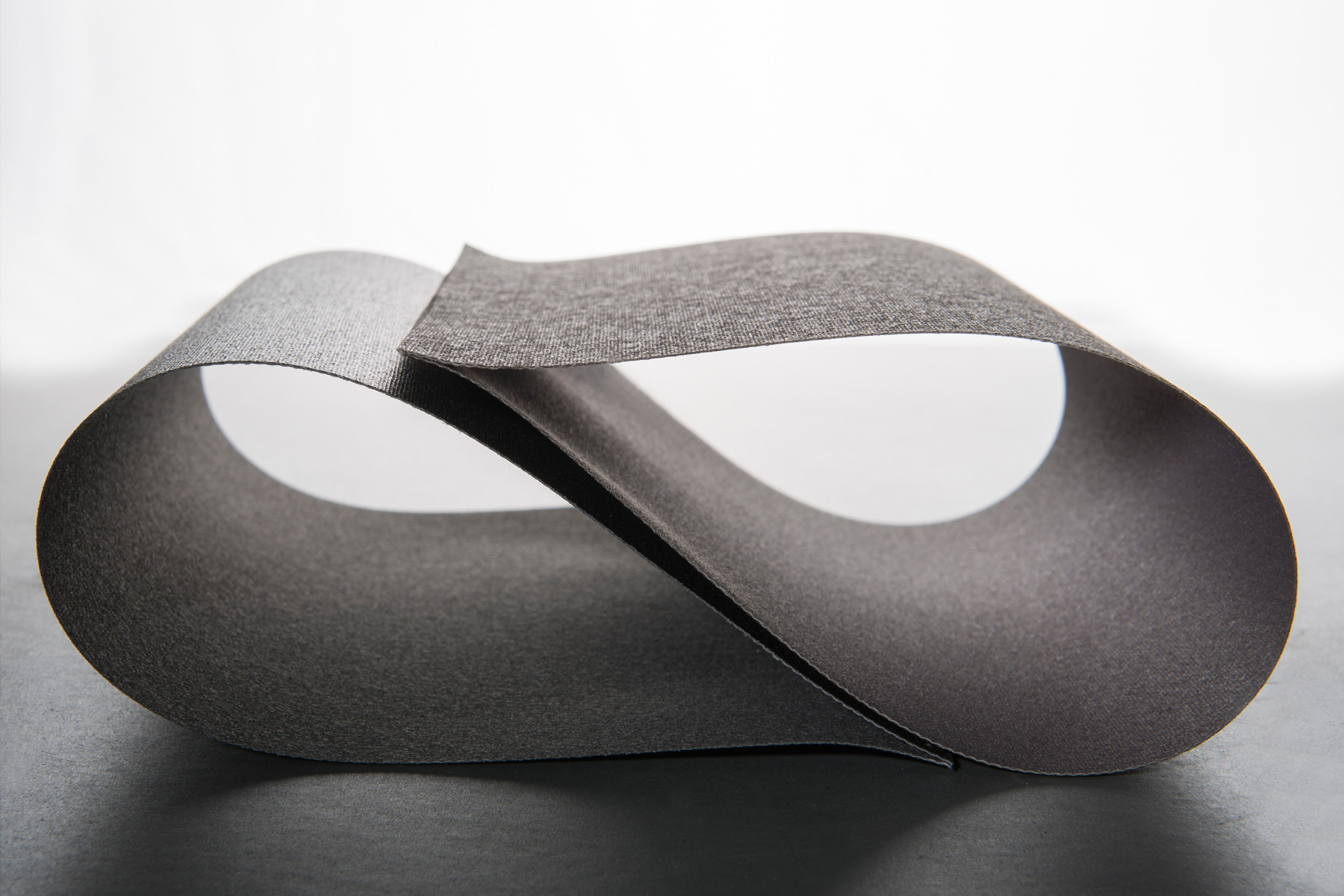
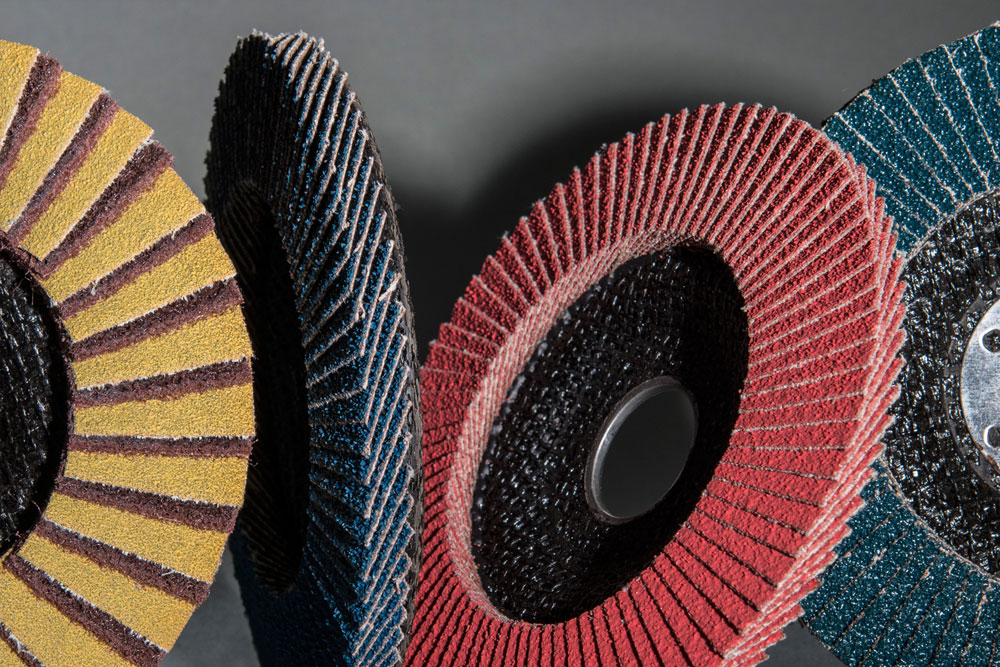
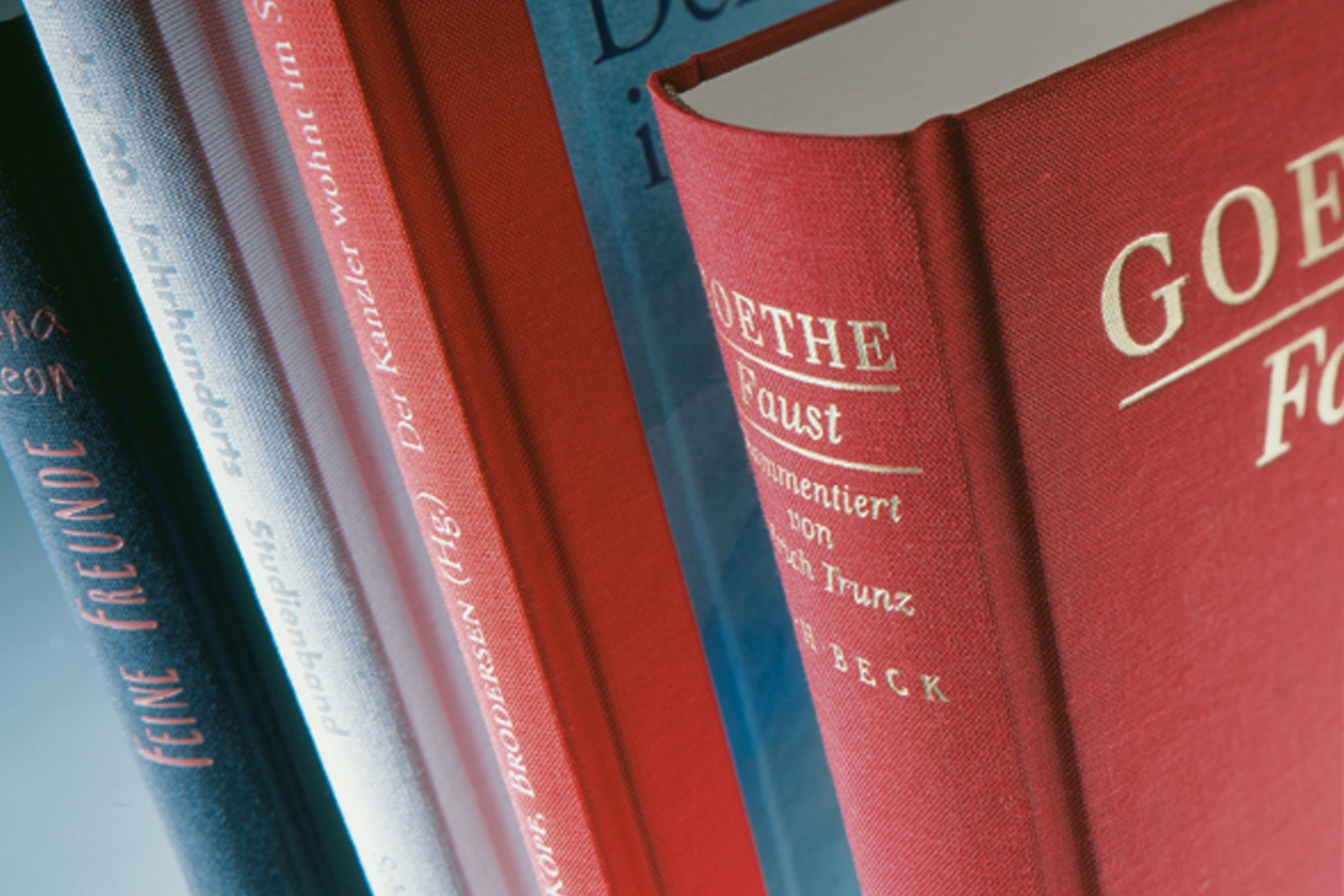
Sale of era Beschichtung GmbH
2013
The Ernstmeier Group sells the businesses of the subsidiary ERA-Beschichtung GmbH & Co. KG to a strategic investor. From now on the employees in Stolzenau are part of the Hornschuch Group. The Herford facility is now the only production location.
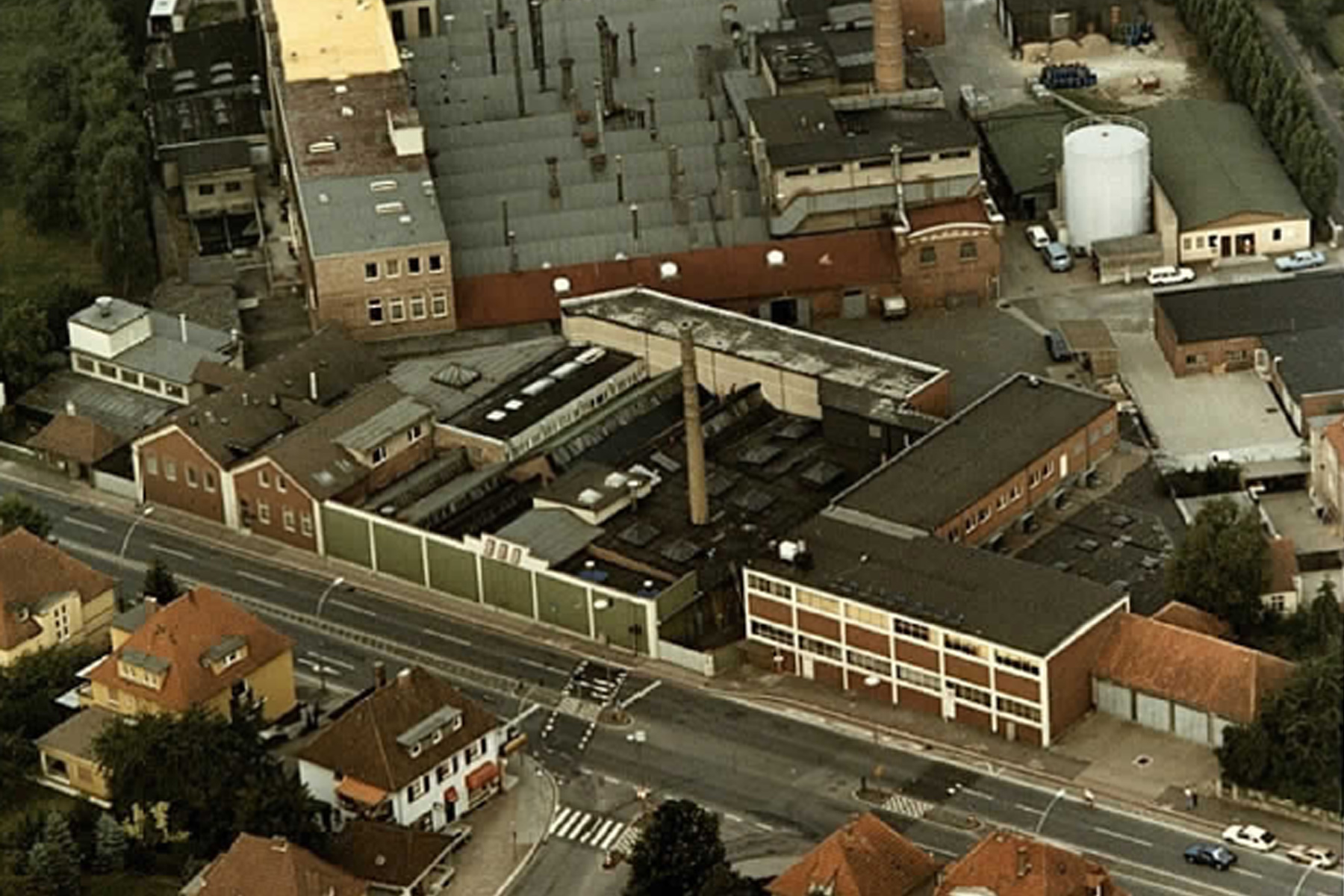
Establishing the Peter Ernstmeier Foundation
2014
Peter Ernstmeier dies. His shares are transferred to a foundation. The company is now held by two foundations, the Dieter-Ernstmeier-Foundation and the Peter Ernstmeier Foundation.
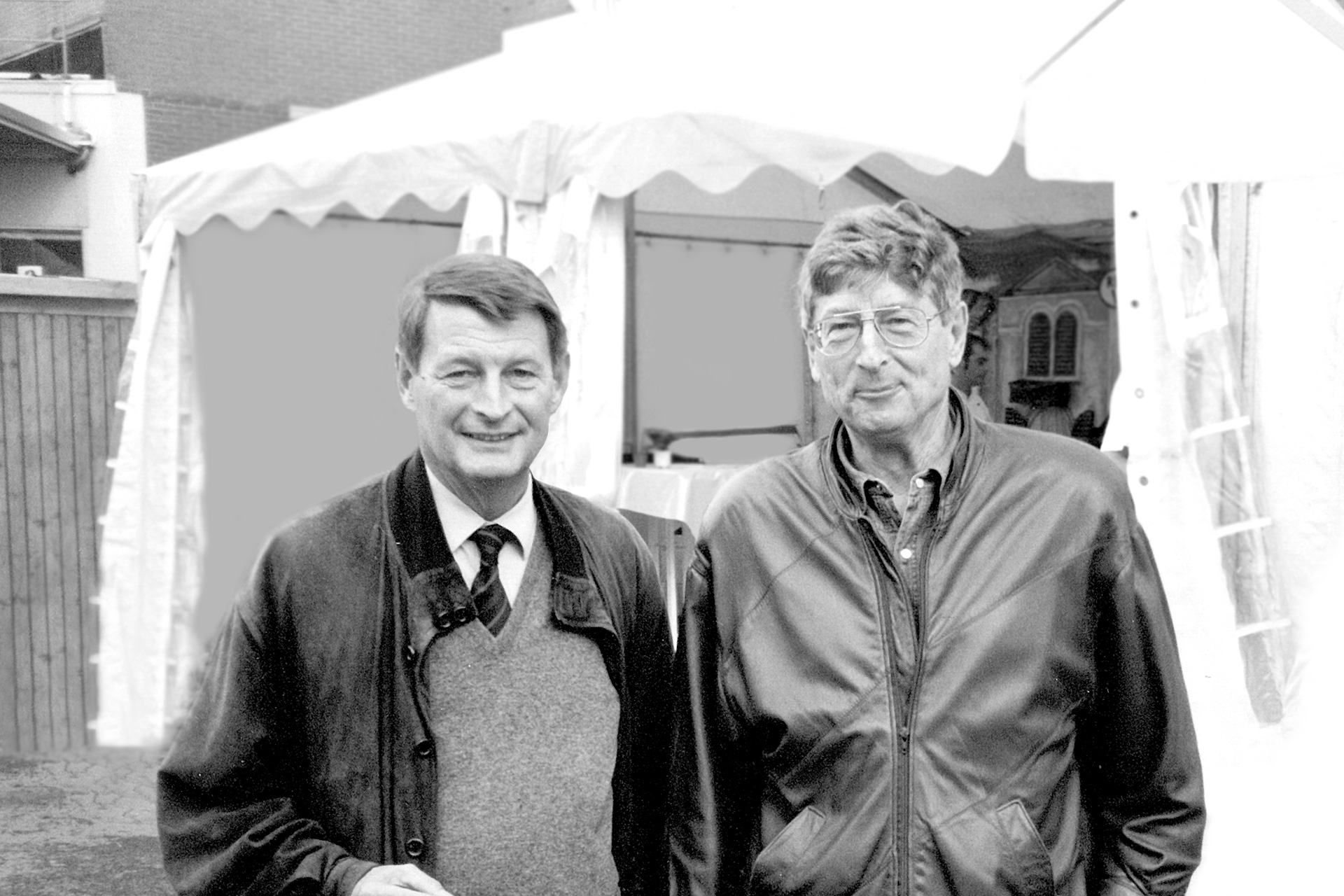
New generation of sheet and production line materials is presented
2015
New abrasive product concepts are presented that are designed to service the highly competitive abrasive application with very economical products. For the first time the abrasive backing products are based on previously unusable fabric designs.
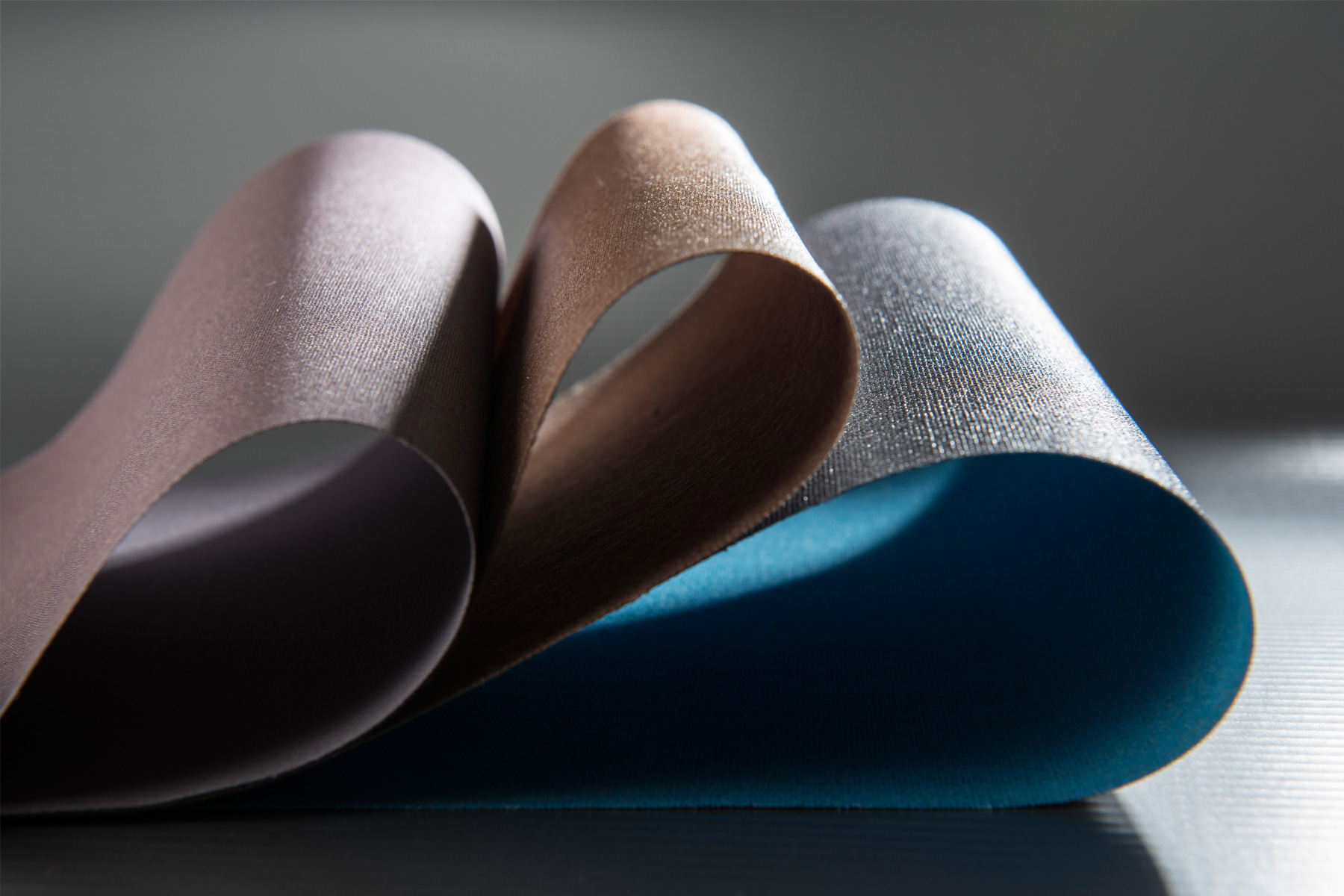
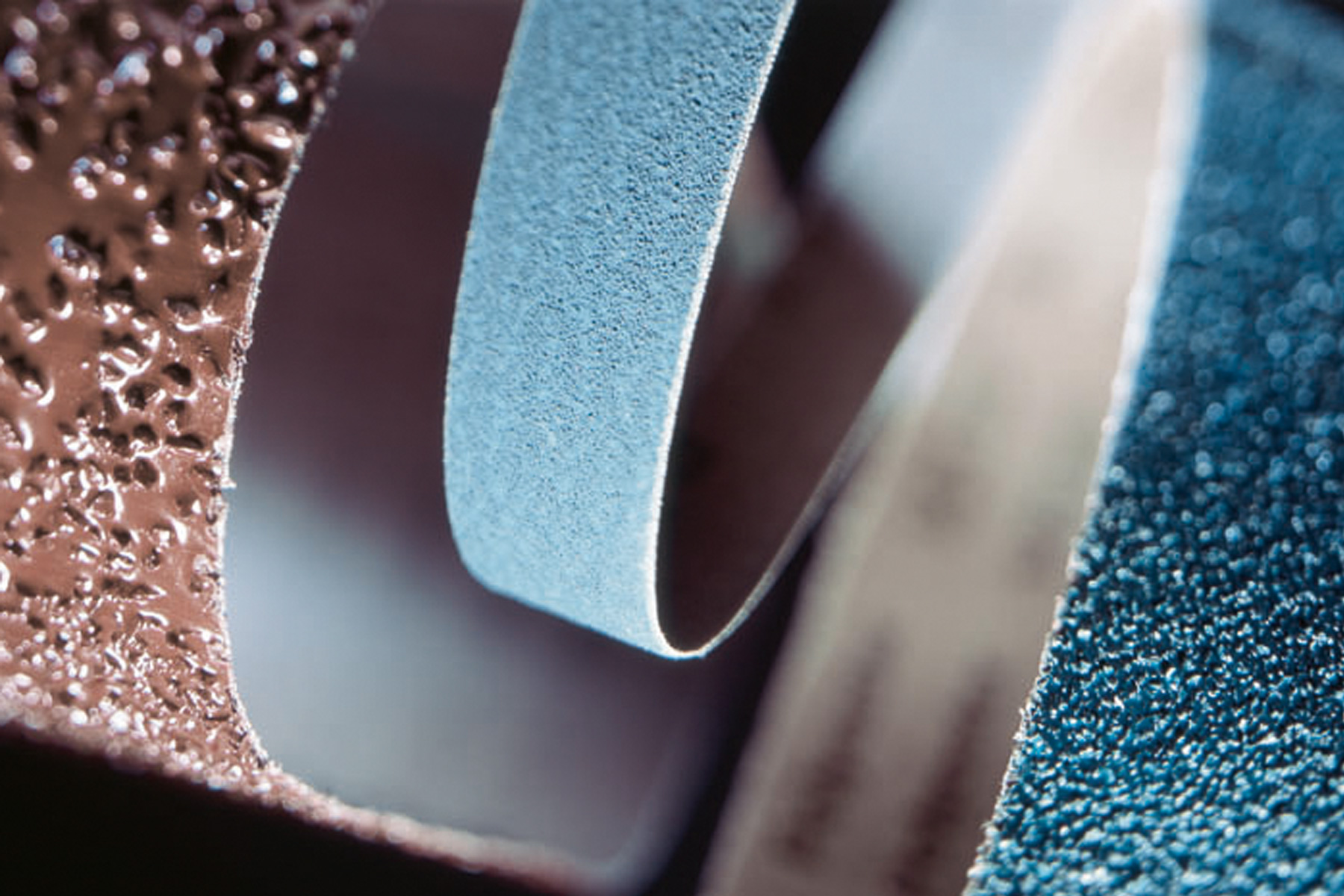
150th anniversary of the Company
2017
On the company anniversary, the Company also took the opportunity to demonstrate its commitment to the abrasives business to the outside world by expanding the company logo.
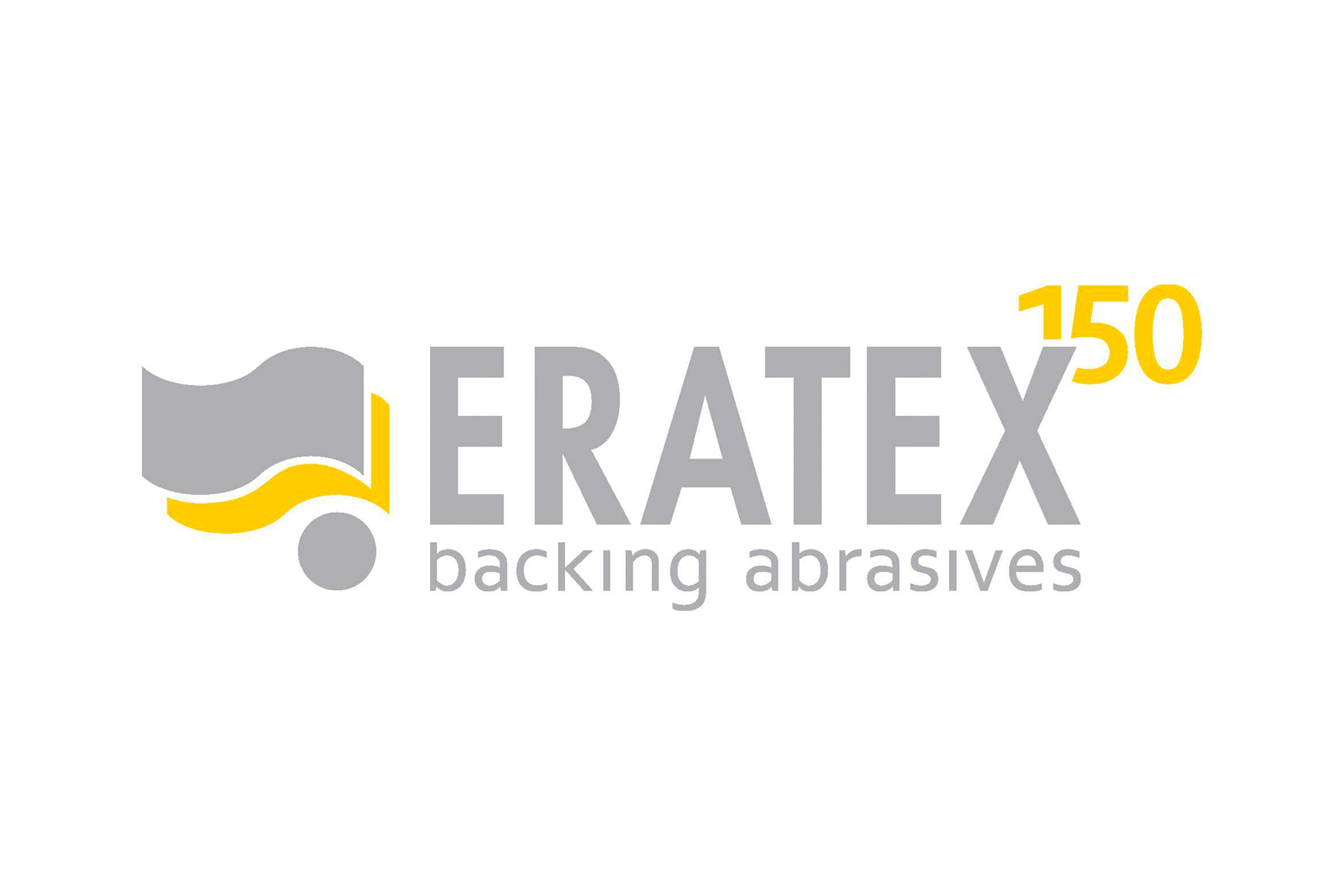
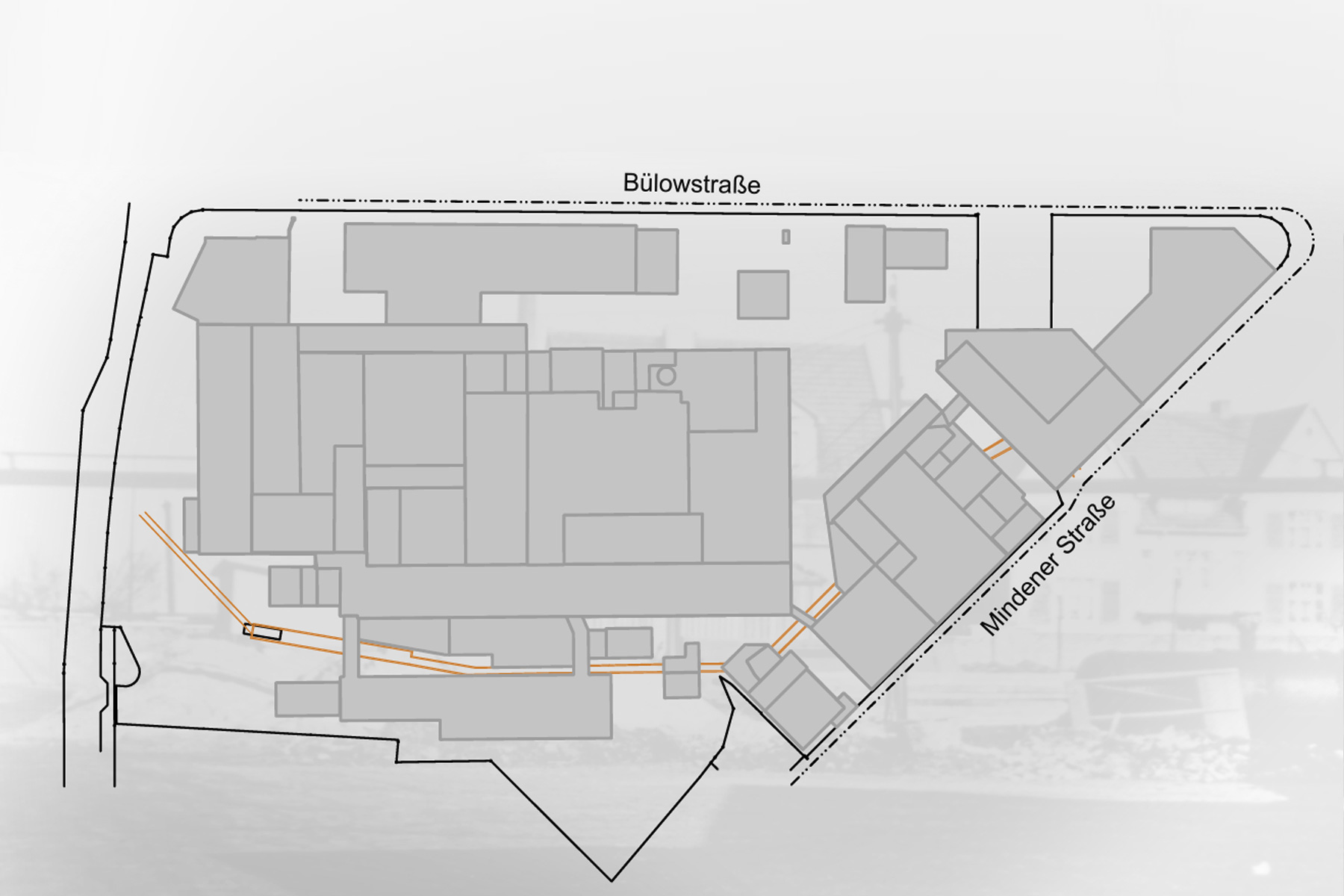
- 1867
- 1872
- 1882
- 1907
- 1913
- 1918
- 1925
- 1930
- 1939
- 1948
- 1950
- 1960
- 1964
- 1968
- 1986
- 2000
- 2002
- 2009
- 2012
- 2013
- 2014
- 2015
- 2017



